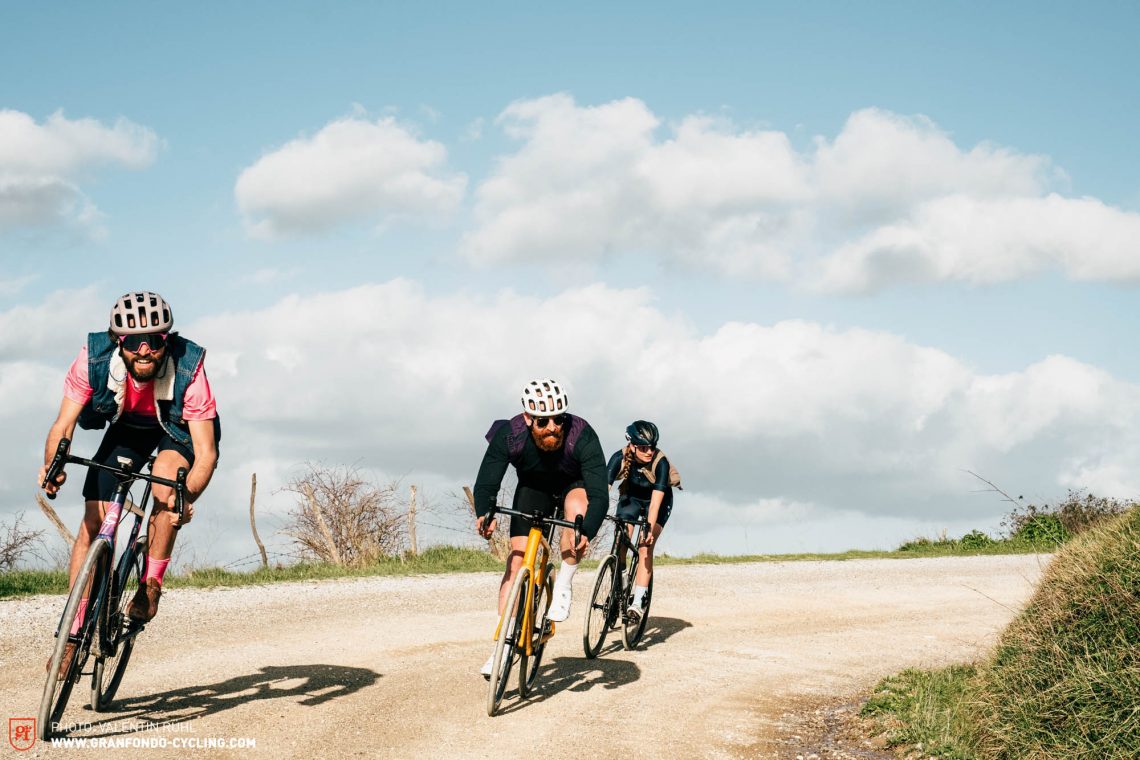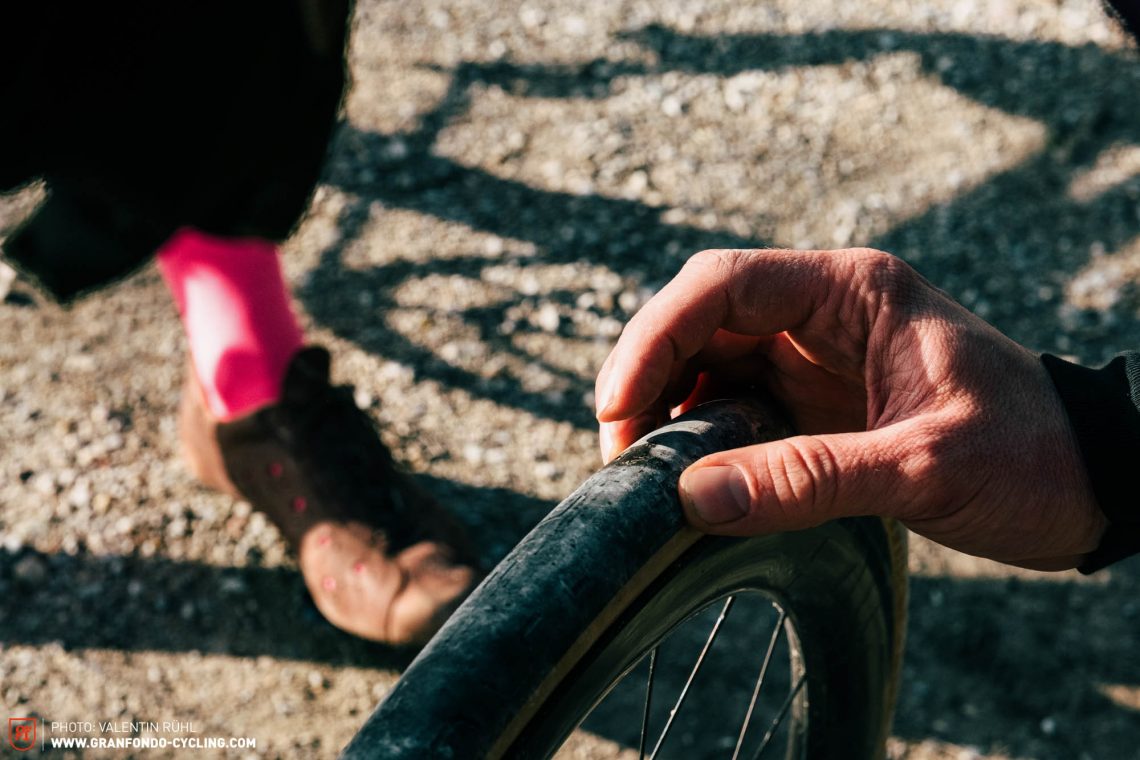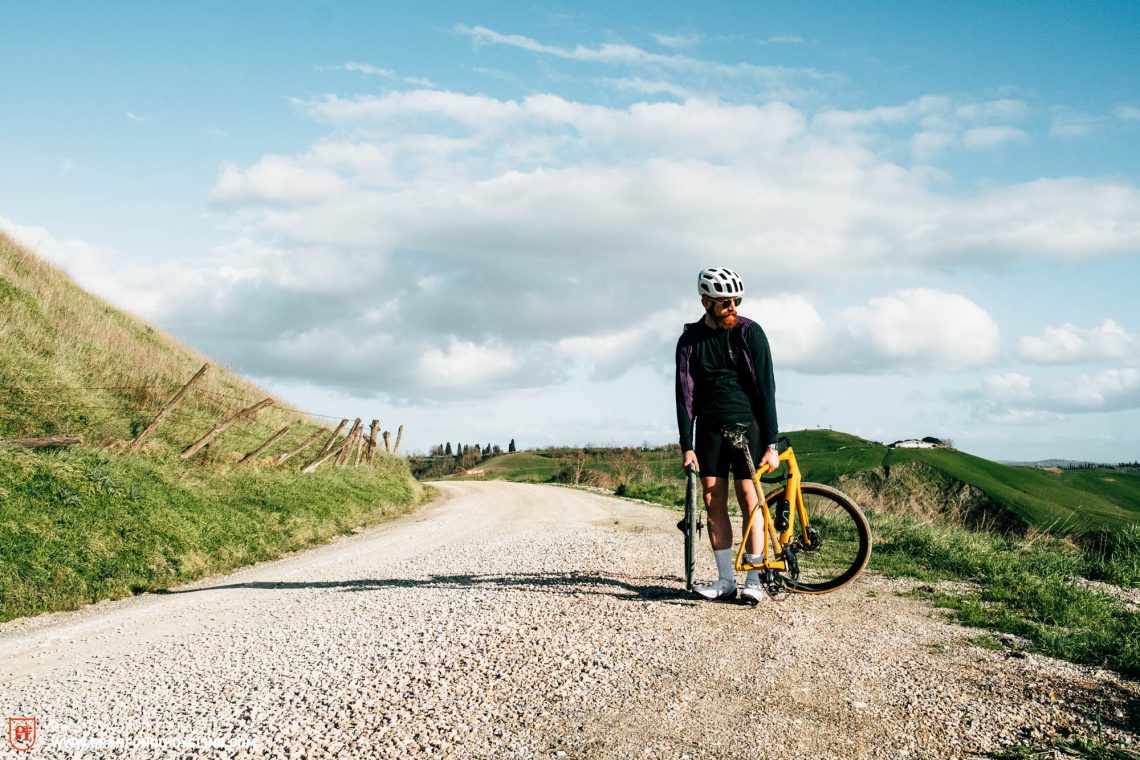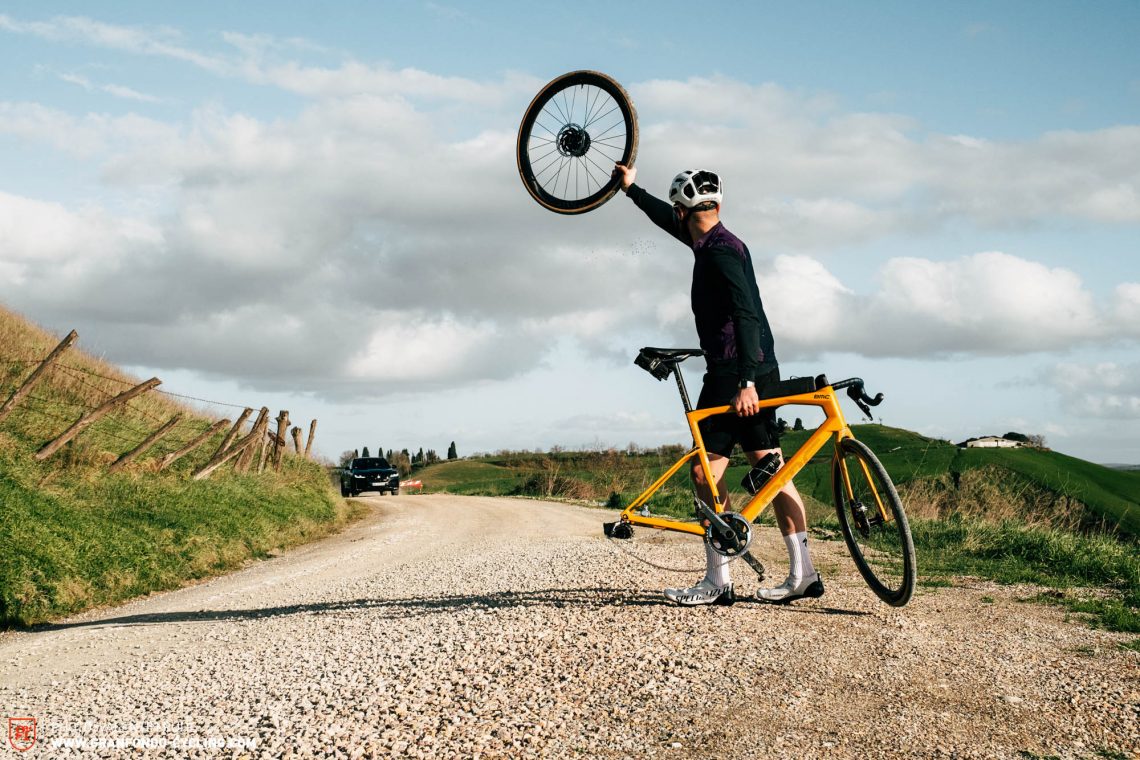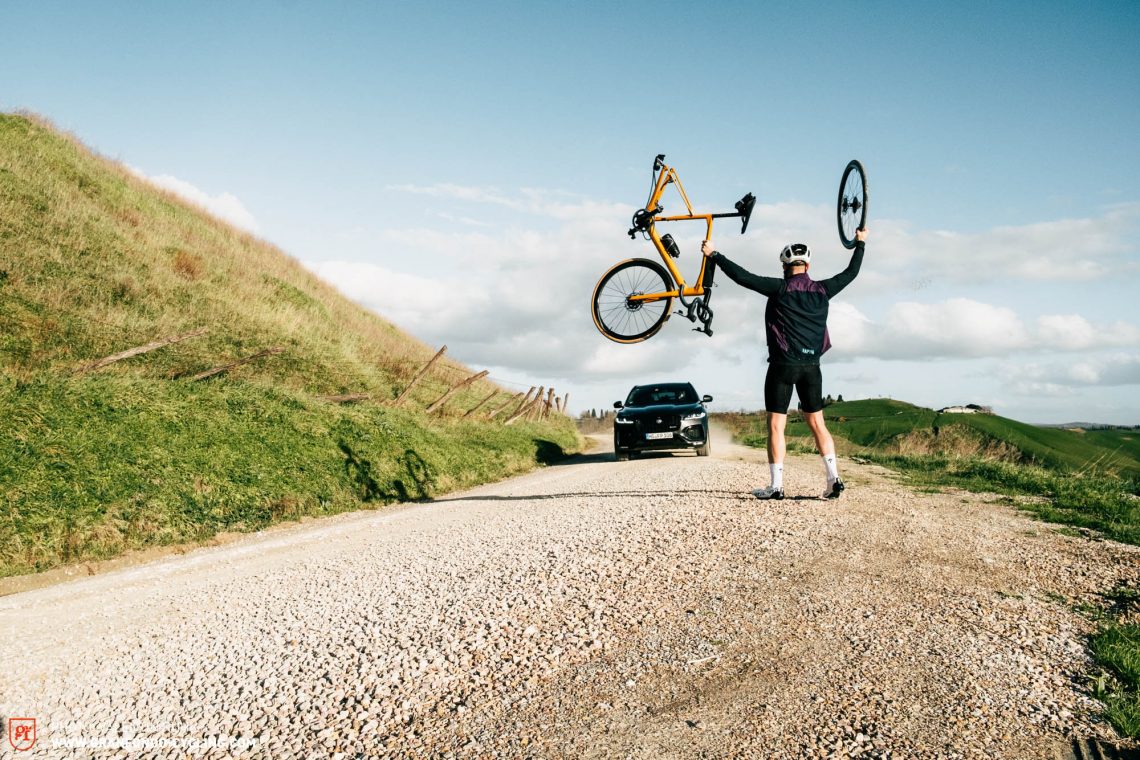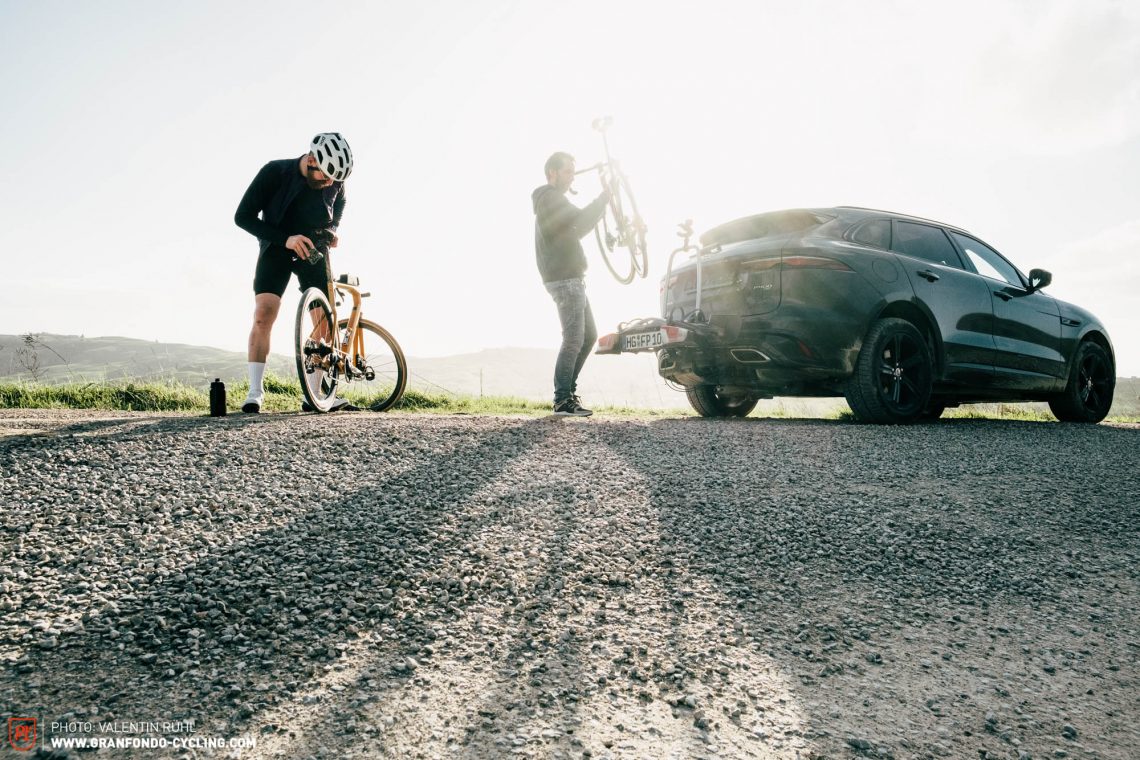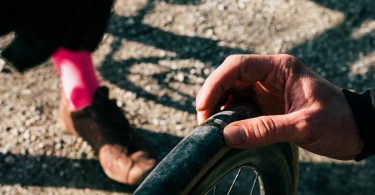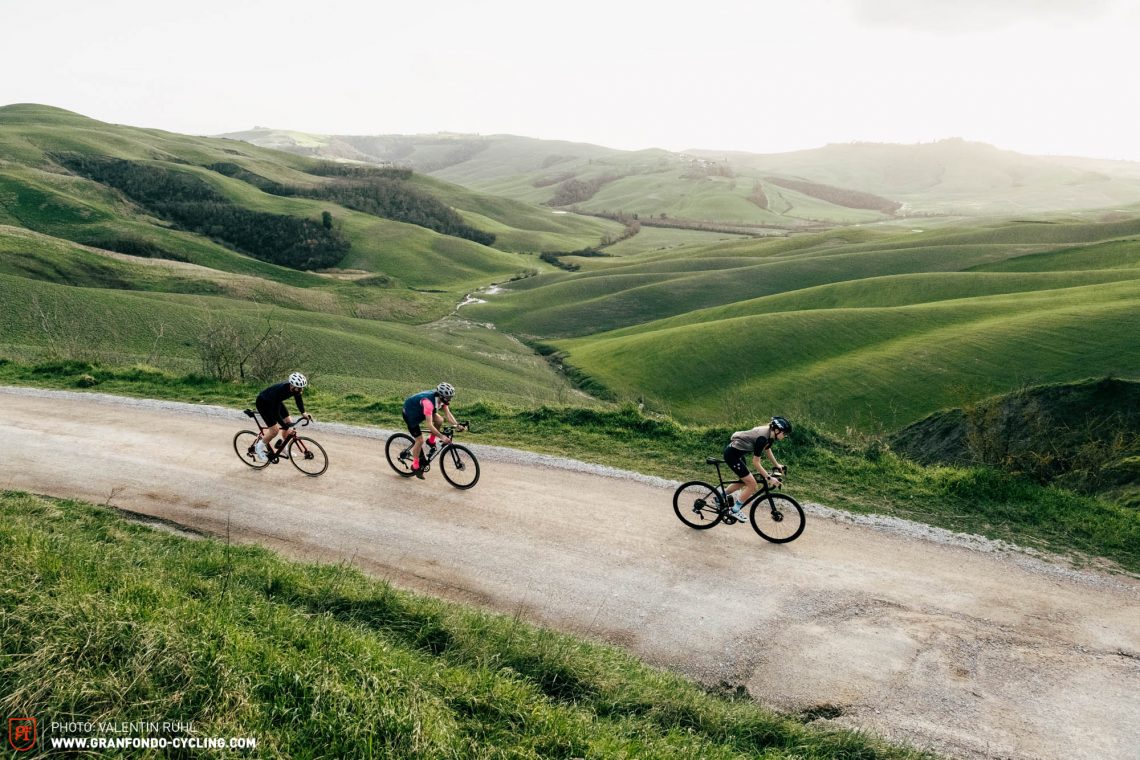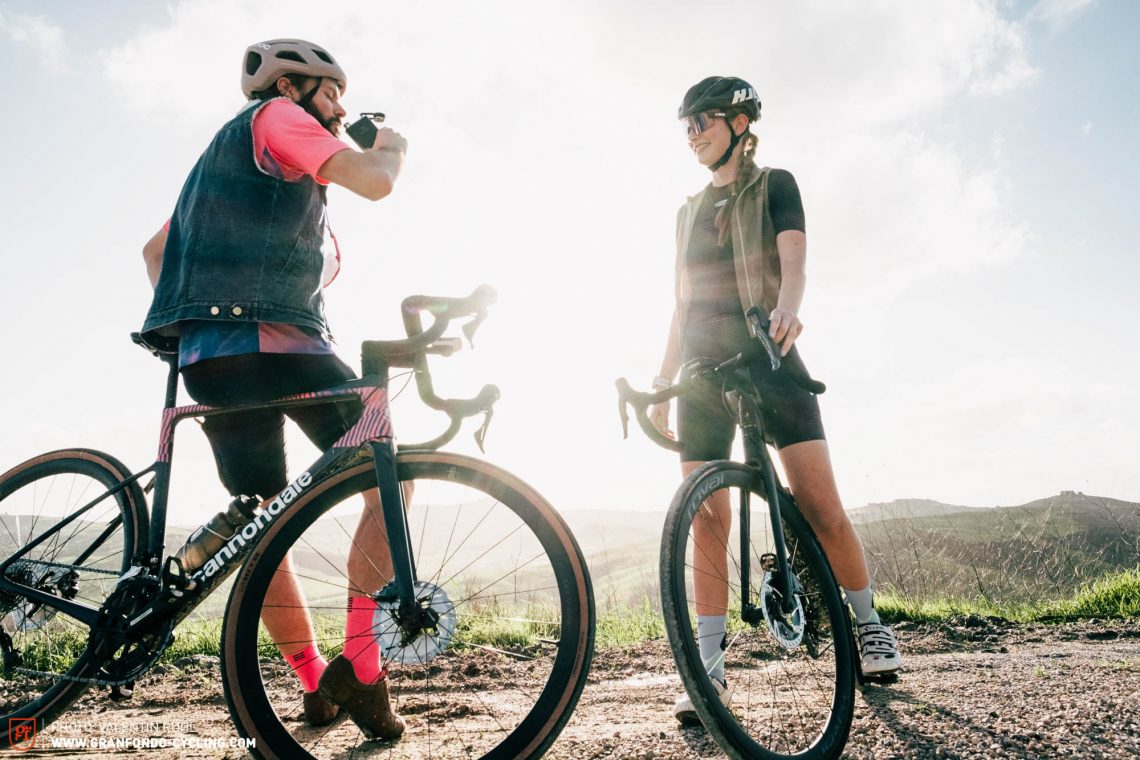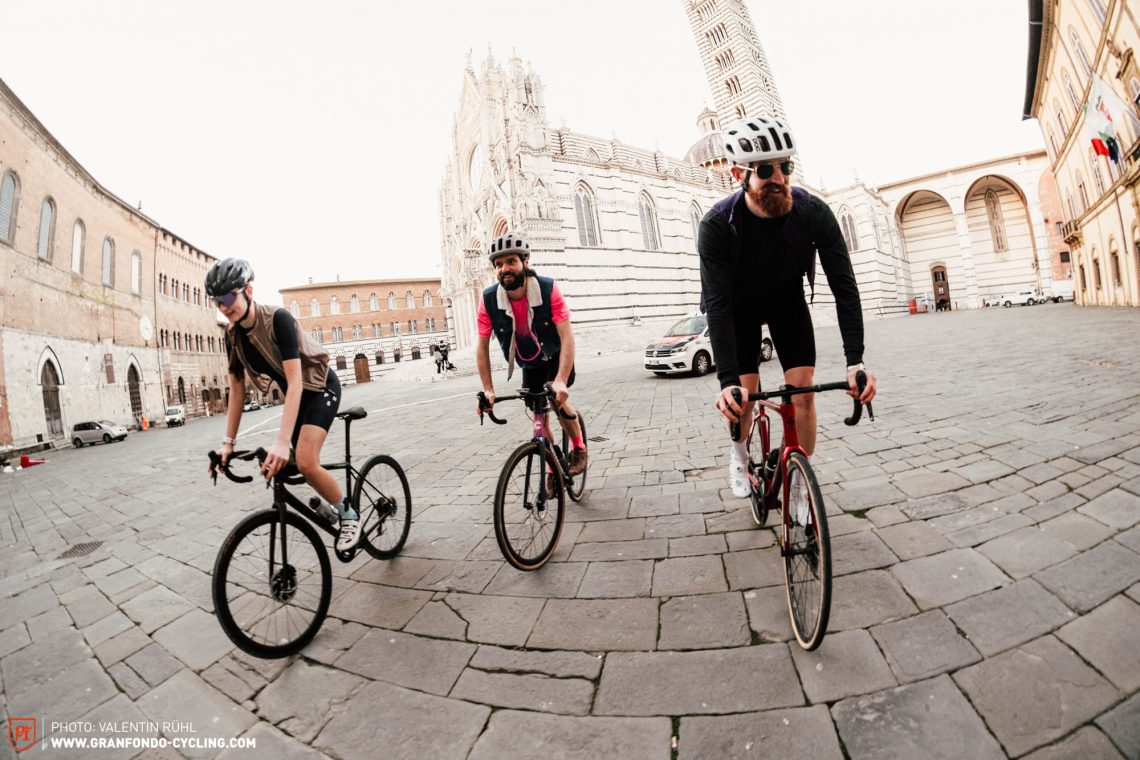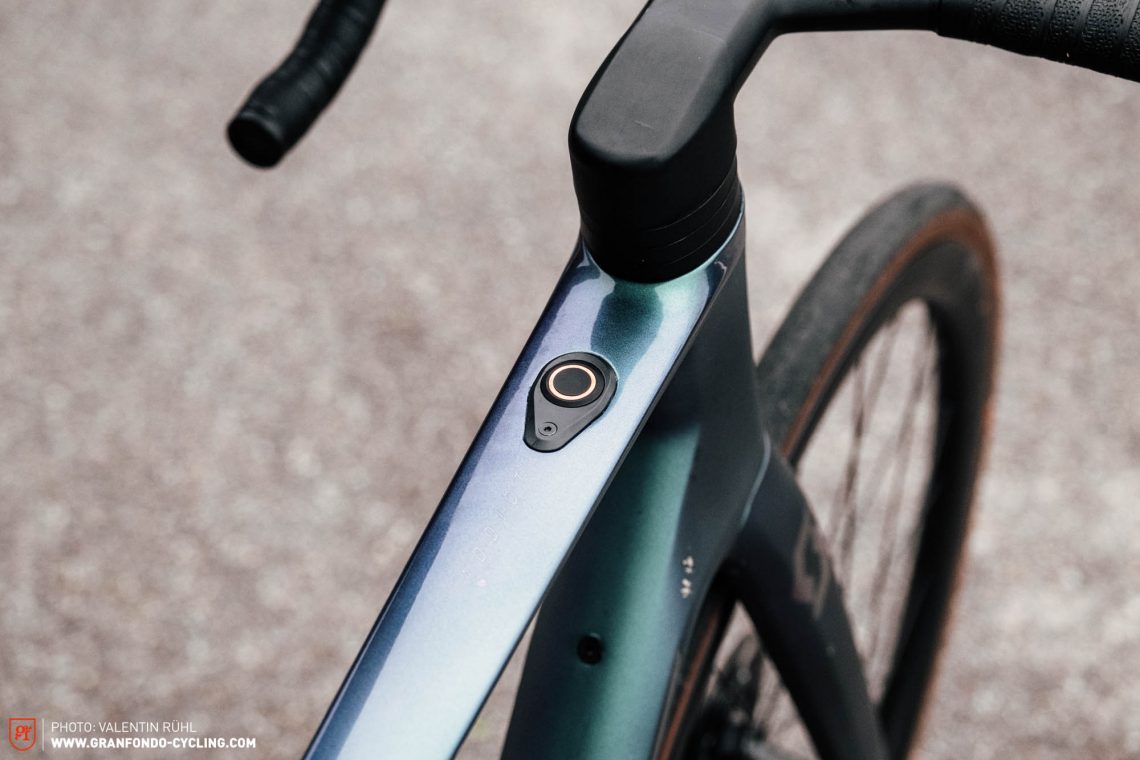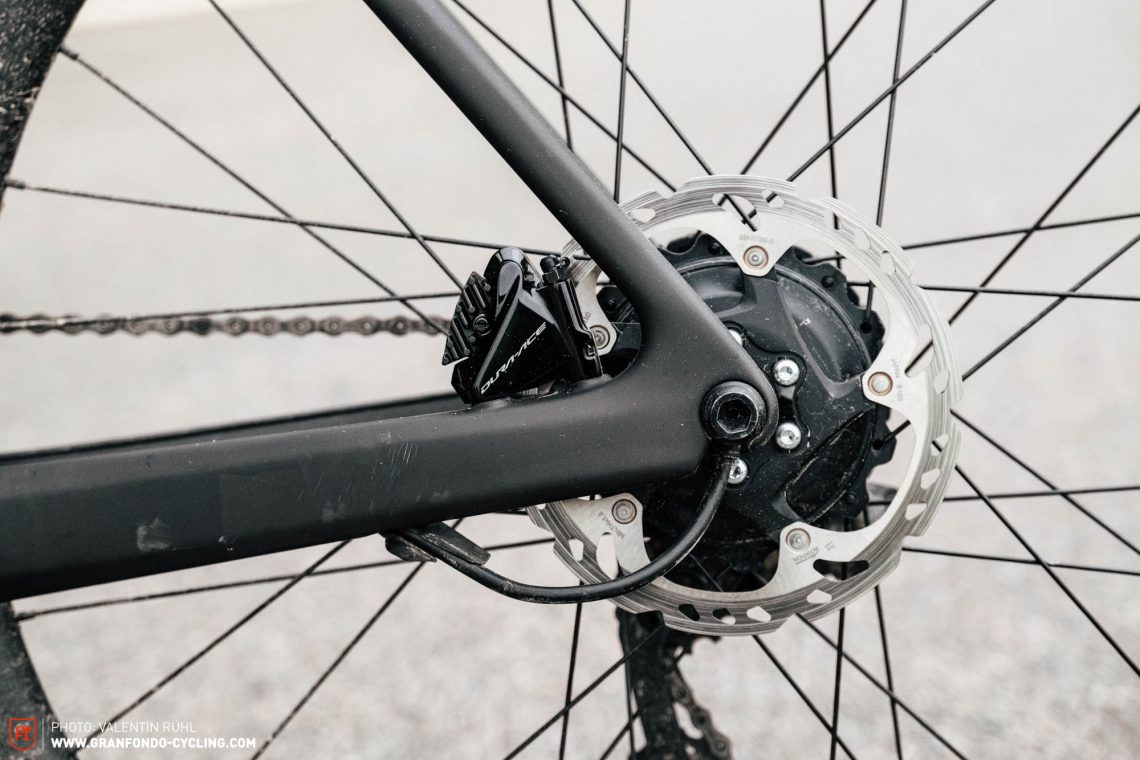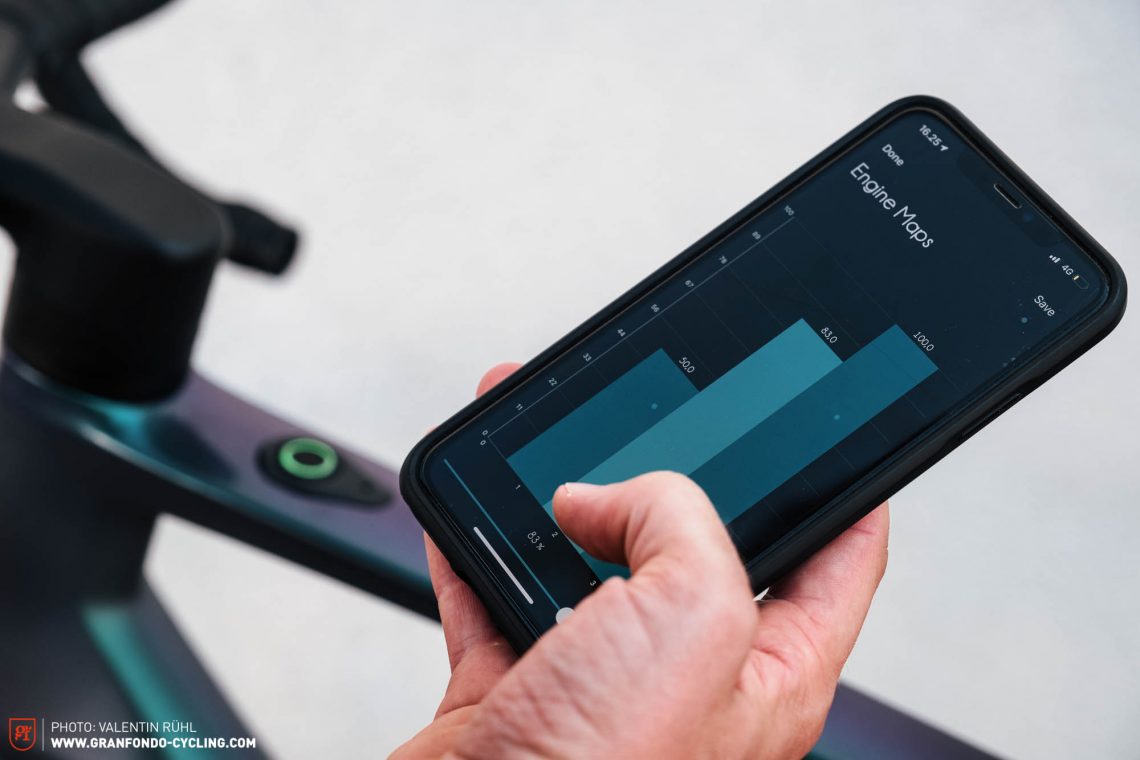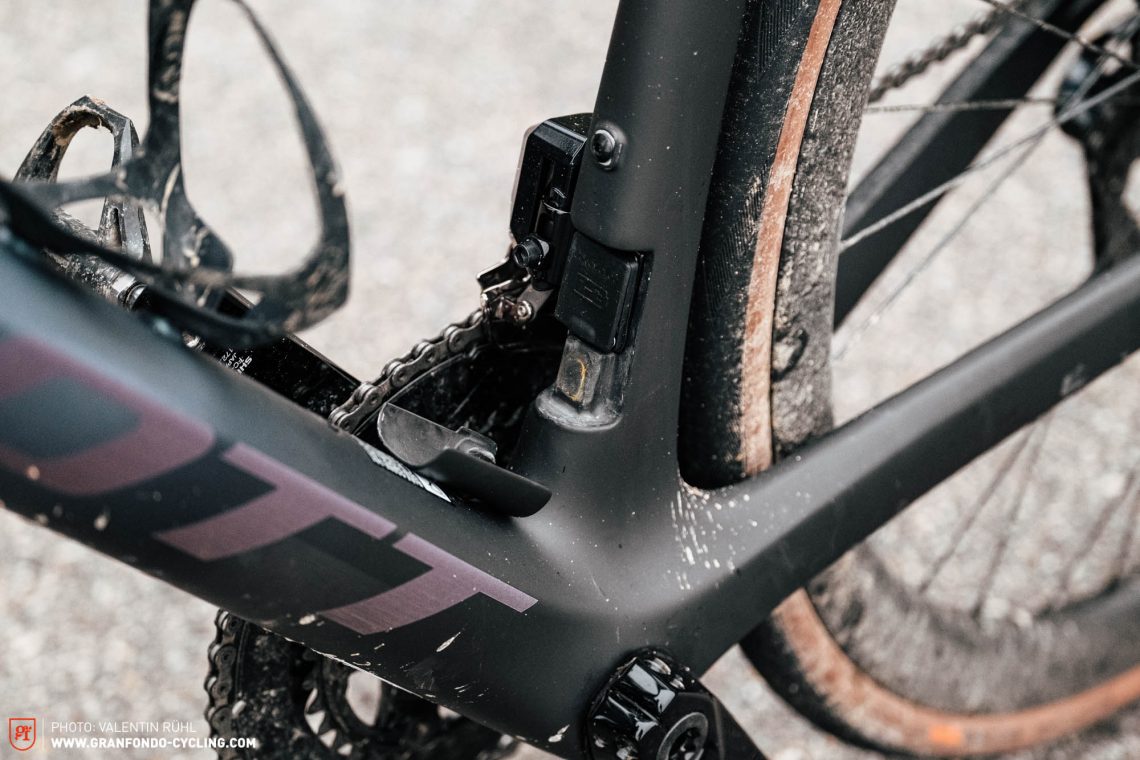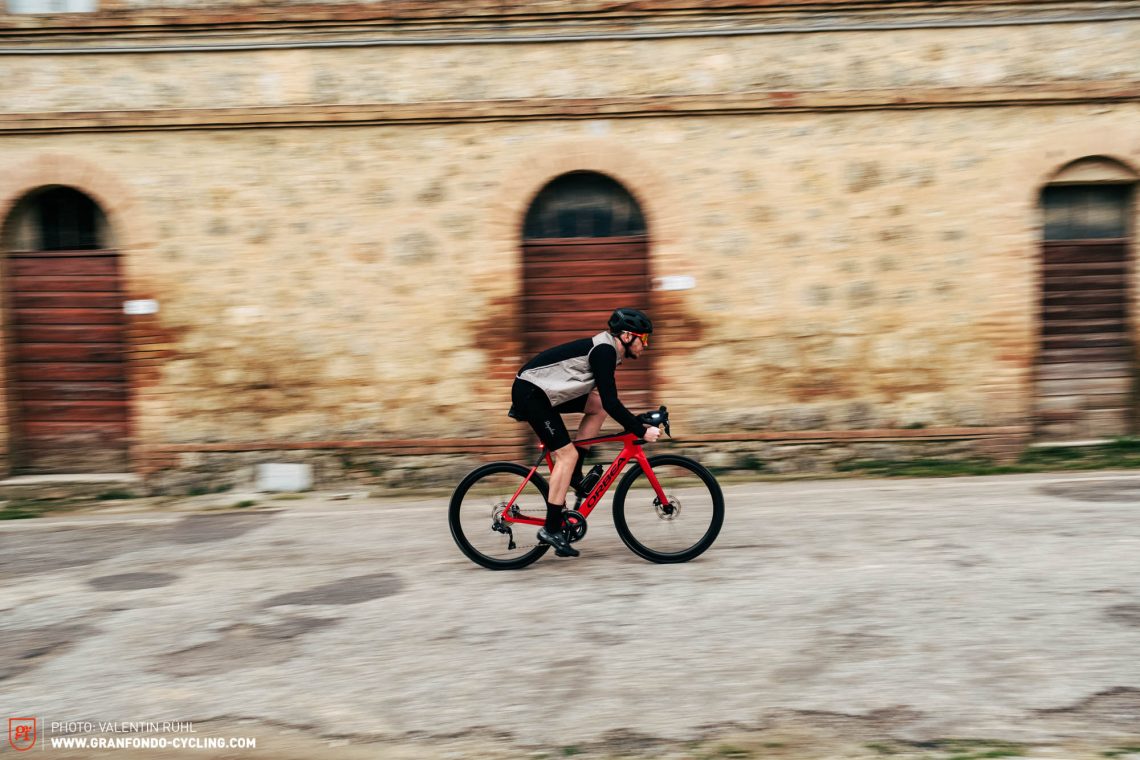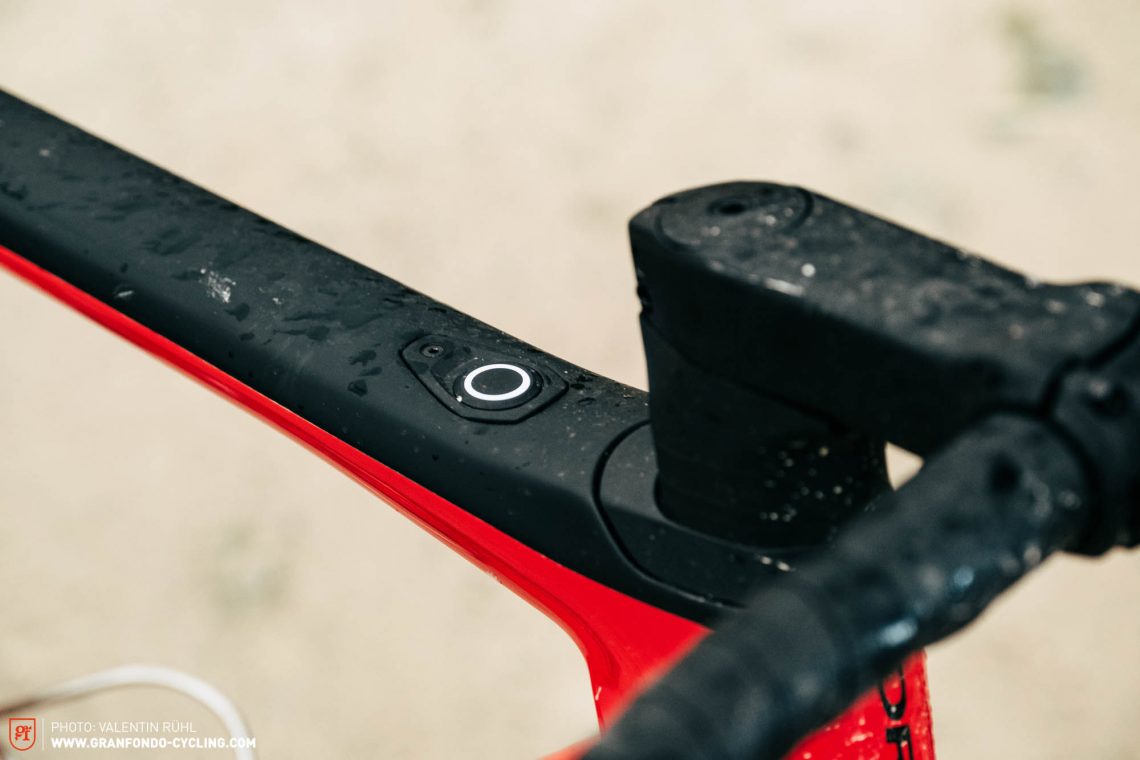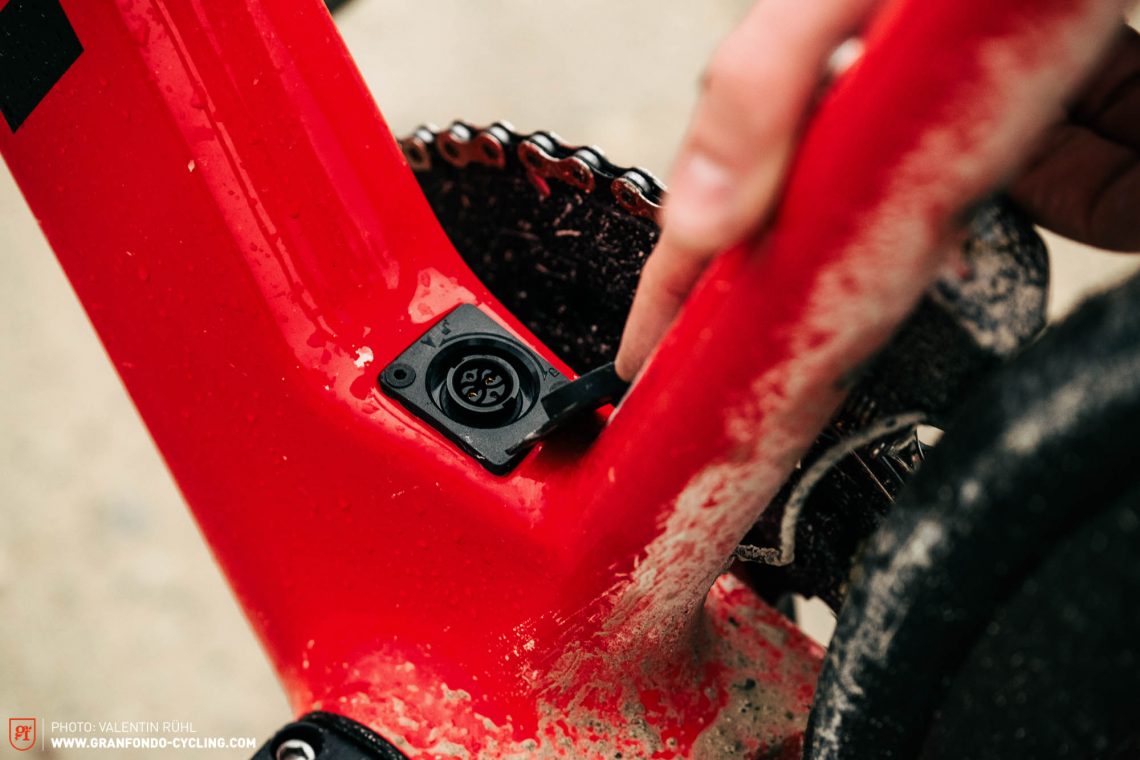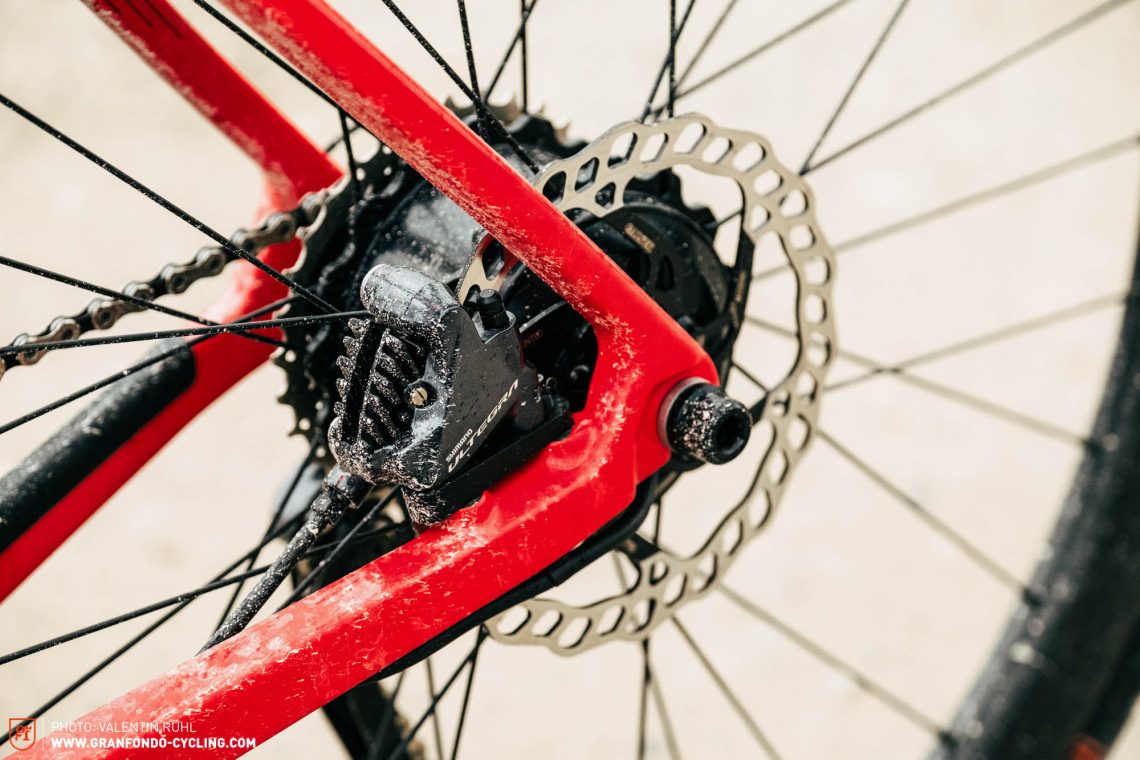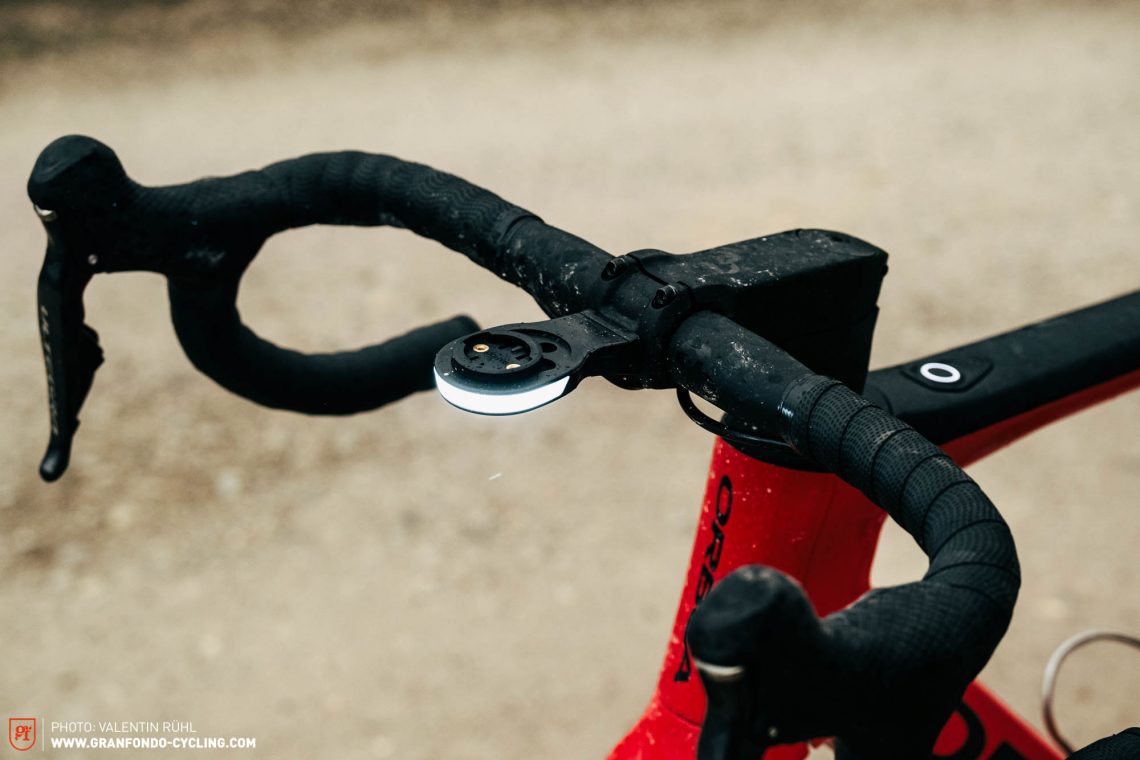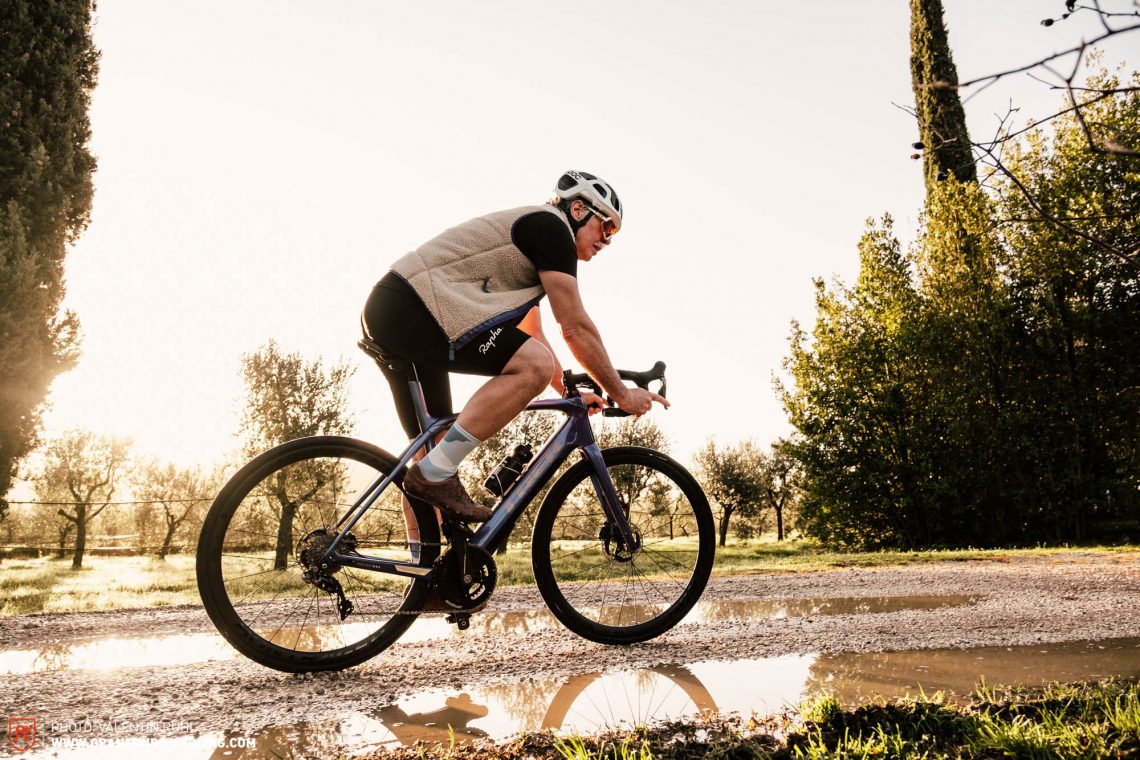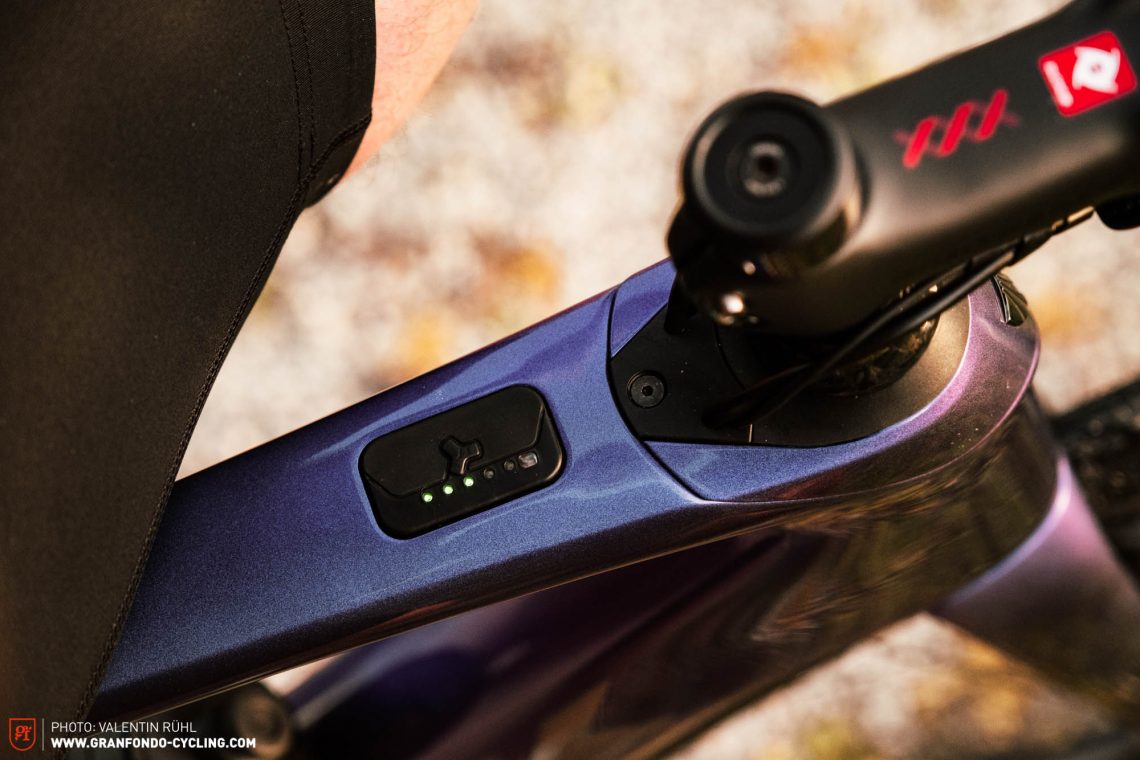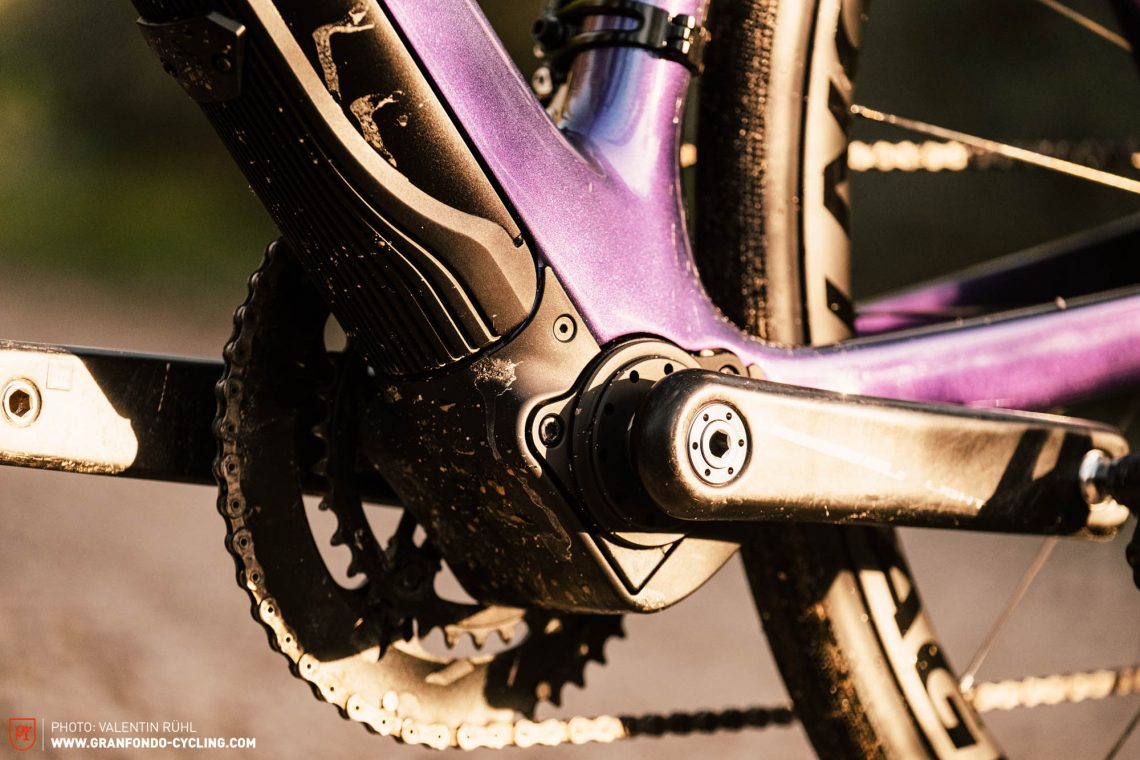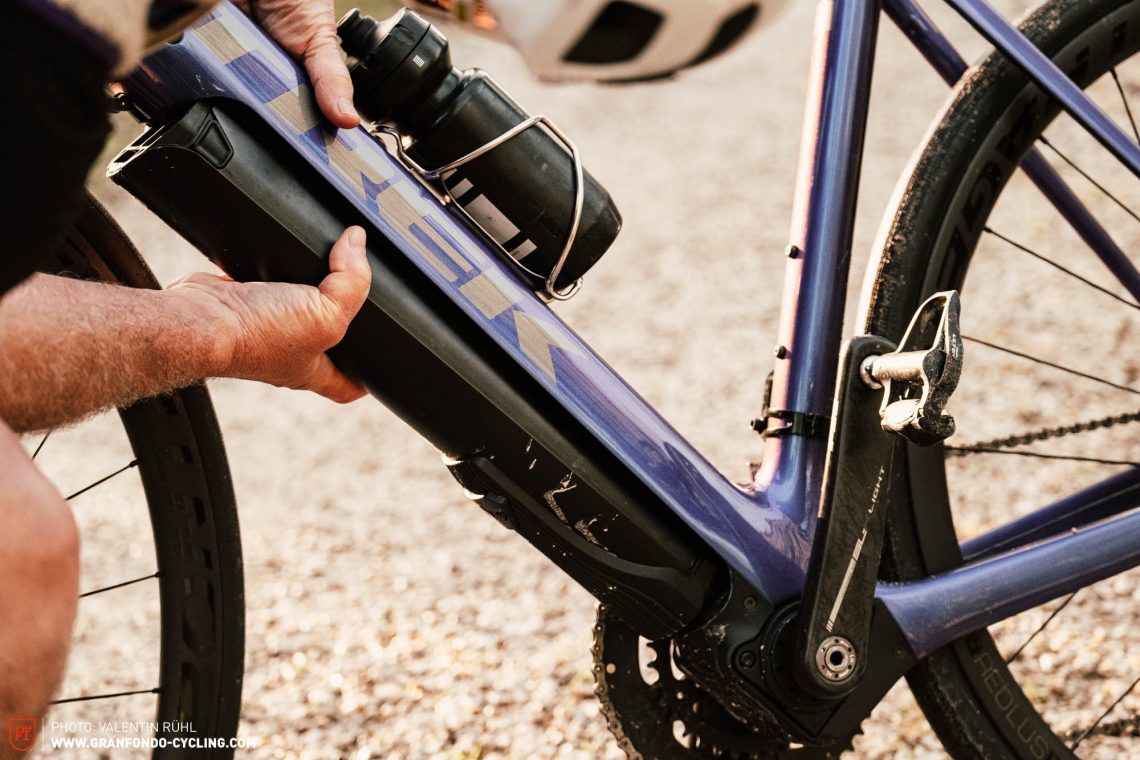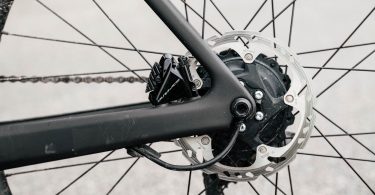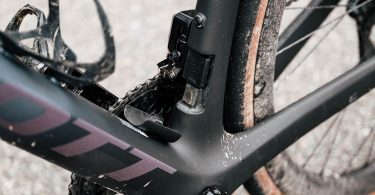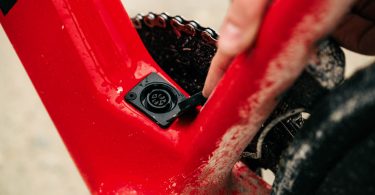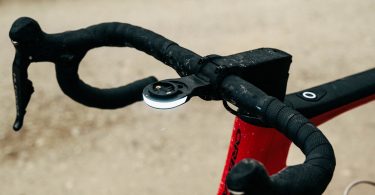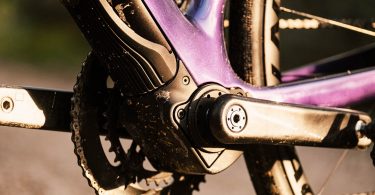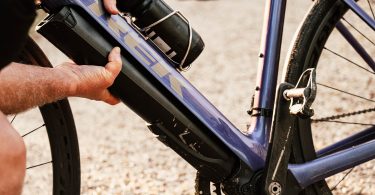The key findings of our Road bike group test 2021

What are the hottest road bike trends for 2021/2022? What role does the right choice of tire play and why is bike stiffness no longer as important as it once was? After our test of 15 road bikes, we gained some important insights and have gathered them for you here.

Tuscany isn’t just known for its expansive beauty. It also encompasses demanding routes that push man and machine to their limits. After four months of work and testing 15 bikes, we’ve identified new trends and can tell you in this article which direction the latest generation of road bikes are heading in.
Tires have become a critical consideration
The right choice of tire decides over wins and defeats. Even more important, it also decides how much fun you will have on your bike. The times where everything was about the least possible rolling resistance are over. Modern road bikes offer more clearances than ever and are encouraging manufacturers to produce ever wider road tires. Not just pro riders but also all those for whom riding is just a hobby can benefit. And, unsurprisingly, all those who have never been after maximum speed i.e. eking out the difference between a 43.6 or 42.6 km/h average speed over 5:53 h. Due to the large range of different tires in a diverse range of sizes, the right choice plays a more significant role than ever. Even the best frame with the highest-end components won’t make you happy if a tire with too little grip or comfort is fitted. On the other hand, manufacturers are also now in a position where they can equip a bike for different uses and cater to various audiences solely through the choice of tire.

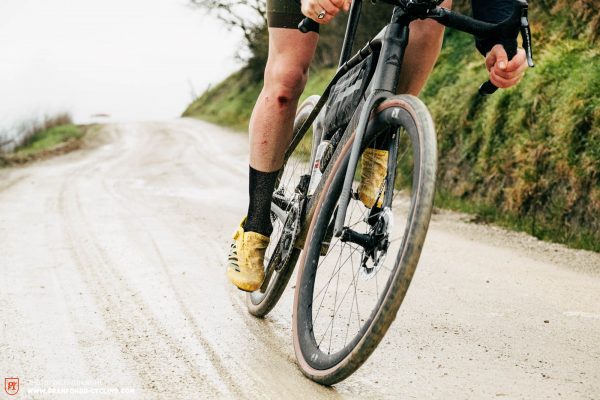
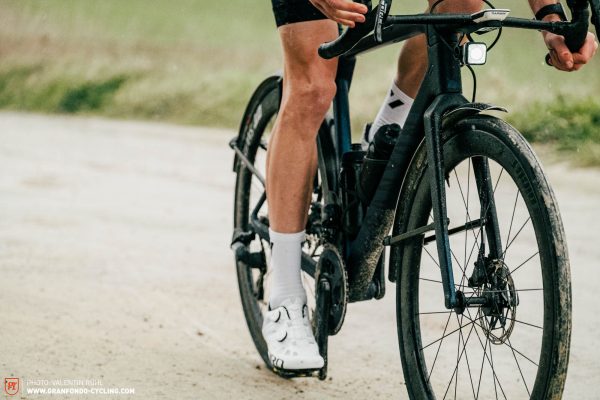
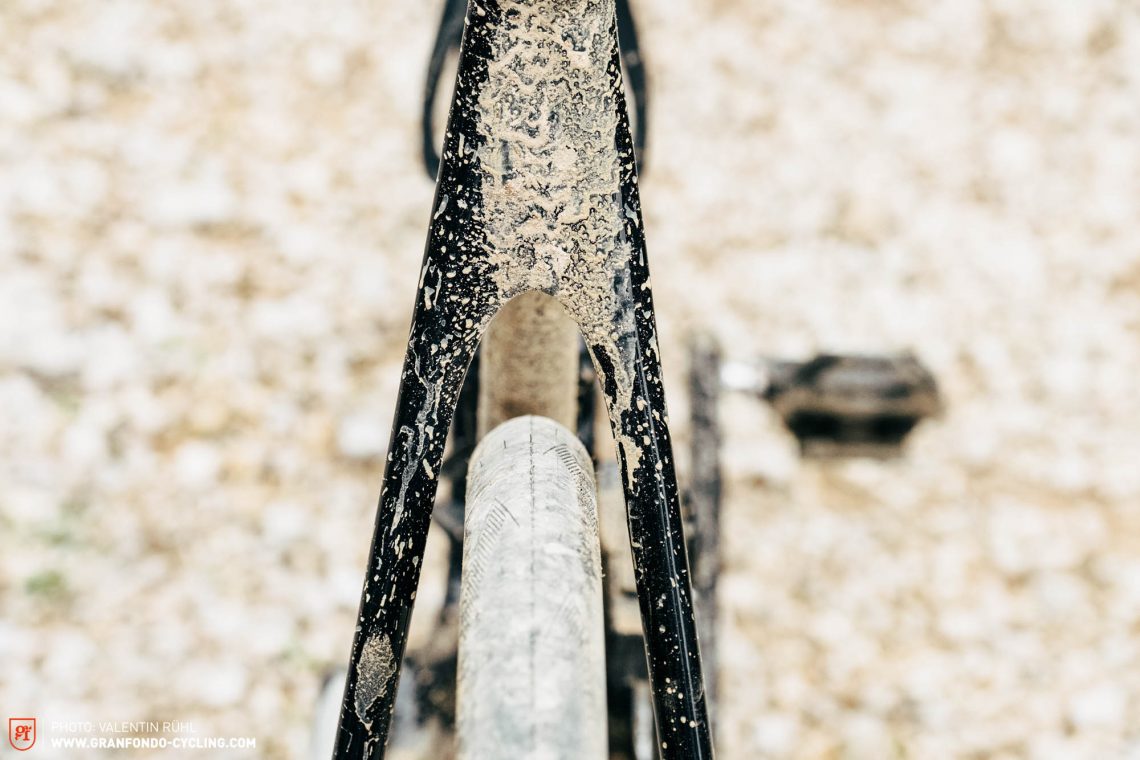
That means the same bike can cover distances on smooth and perfect asphalt with high tire pressures and a week later, conquer off-road gravel trails with wide and treaded low-pressure rubber. The prime example in our group test is the Canyon Grail CF SLX. Another example is the MERIDA REACTO with its 700 x 32C tires. If you want to take a gravel shortcut on the way to your weekly aero training session, you’ll be happy here.
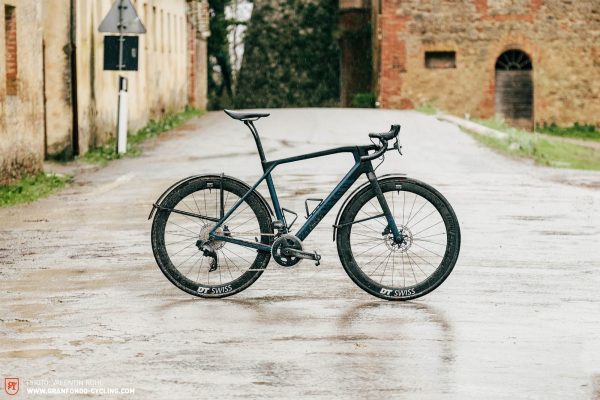
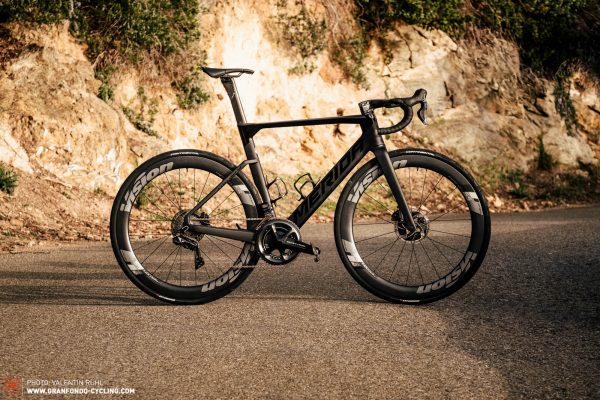
However, our most important tire insight has to do with more than just the tire itself. That’s because to make optimal use of a tire’s performance, there has to be a well-matched system for the interplay between the rim and tire. For maximum cornering grip and best rolling characteristics, the tire should form a U- rather than O-shape on the rim. The latter often occurs when a too wide tire is mounted on a rim with a too narrow inner width. The trend towards increased inner rim widths is making them better suited to wider tires. Make sure that you pay attention to manufacturer recommendations when it comes to fitting your chosen tire size on your rims. Grandma already knew: you’ve made your bed, now you have to lie in it. And the same goes for your tires.
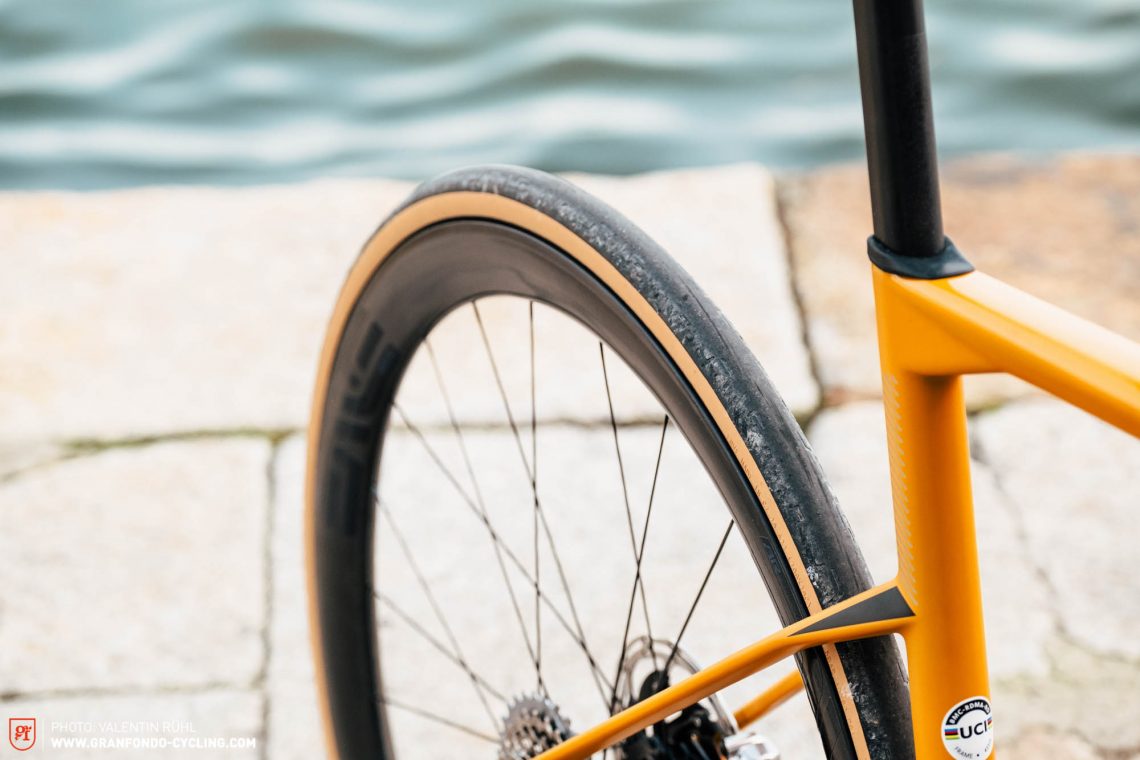
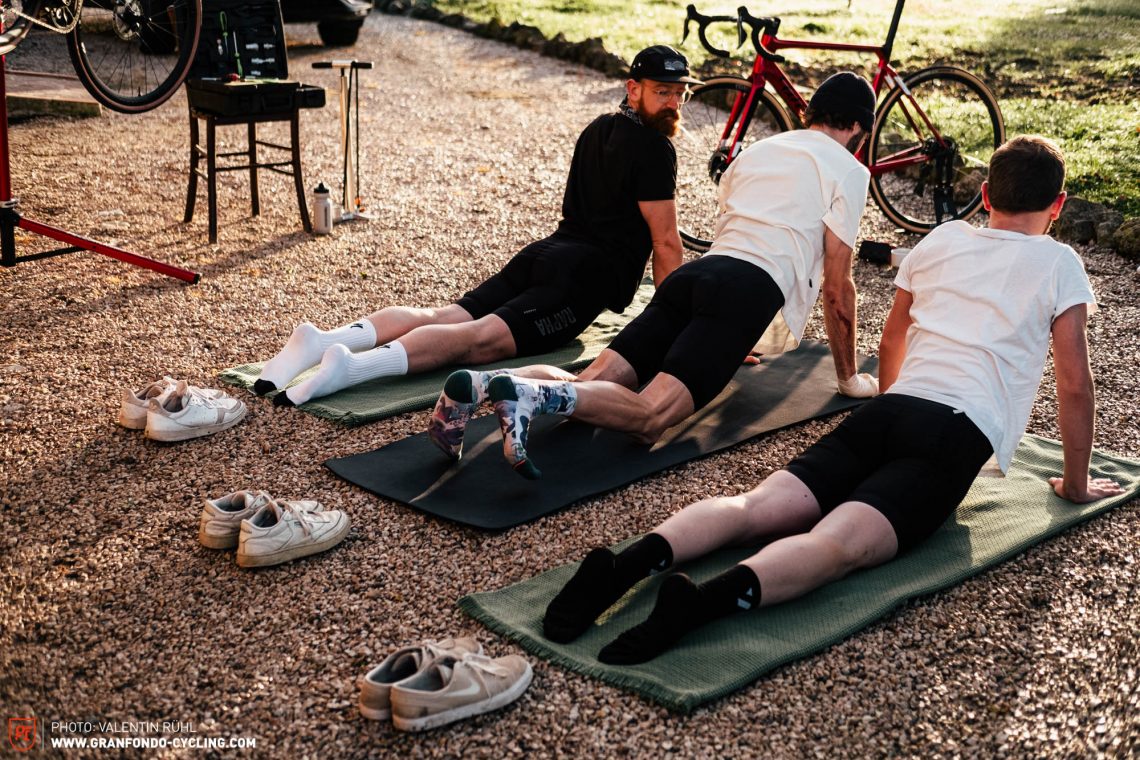
On the topic of rims and tires, tubeless compatibility is an increasingly important requirement for road bike tires. Particularly in the gravel sector, the advantages can’t be denied: alongside a lower weight and better rolling resistance, increased puncture protection and comfort also sweeten the deal for every gravel fan. Nonetheless, this technology is still in its infancy in the road world. In comparison to the mountain bike sector, where riding without tubes has been the standard for years and almost every tire fits every rim, road bike tires are lagging behind and sometimes require a lot of effort to get to seal. In our experience, tubeless systems work best for rim-tire combinations that can be run at mid to low pressures. For narrower tires around 700 x 28C which are ridden at 6–7 bar, tubeless can still experience issues. Due to the low tire volume and high pressure, a puncture results in a rapid loss of too much air. Even in the ideal scenario where your sealant plugs the hole completely, too little air will remain for you to keep on riding. Higher-volume systems can be ridden at lower pressures and the sealant has a little more time to work its magic.
It’s all about the right weight distribution
A low overall weight has its advantages and a very lightweight bike will always edge ahead on long and steep climbs. However, much more important than the least possible weight during real-world use is how that weight is distributed. For example, the Mason Resolution Ekar road bike is one of the heaviest bikes without E-support, yet still managed to snag the sought-after Best Buy. Together with its cleverly chosen components, the comparatively heavy steel frame generates lots of comfort and, with its good weight distribution, helps the rider keep enough pressure on the front wheel.
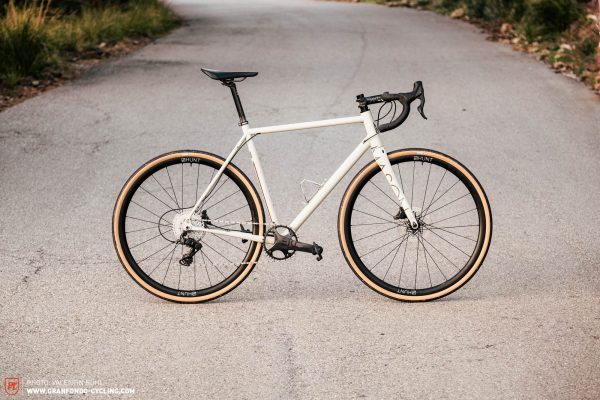
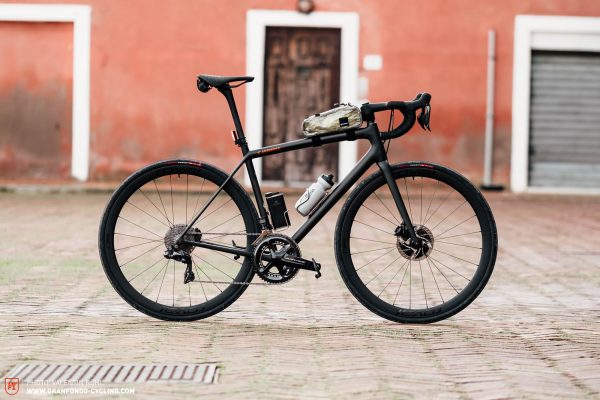
Even the lightest bike in the test, the Specialized S-Works Aethos, is a prime example of smart concessions to weight in favour of performance. With scant upgrades and a lighter wheelset, like the series Roval CLX Alpinist wheelset, this road bike could easily have reached the sub-6 kg mark. However, Specialized decided to position mass in the right places and fit a wheelset that doesn’t belong to the ultralight category. Instead, the wheels add to the overall weight but allow tubeless tires to be fitted, preventing the lightweight bike from falling behind on the flats. Thanks to the heftier rims and their rotating mass, the Aethos maintains momentum better and is efficient on the flats despite the overall low weight. This also improves the straight-line stability and the line-holding ability of the Specialized Aethos. For such a lightweight bike, it is able to generate a high level of trust and sets the bar for feeling comfortable and having fun.
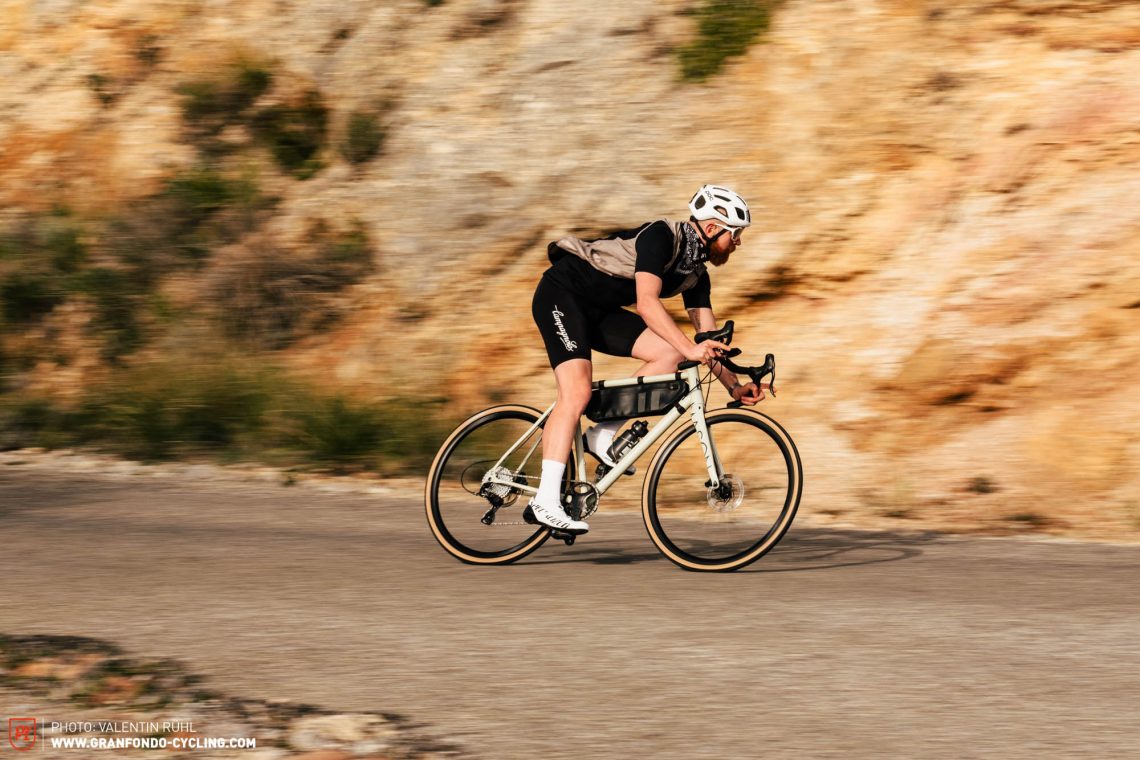
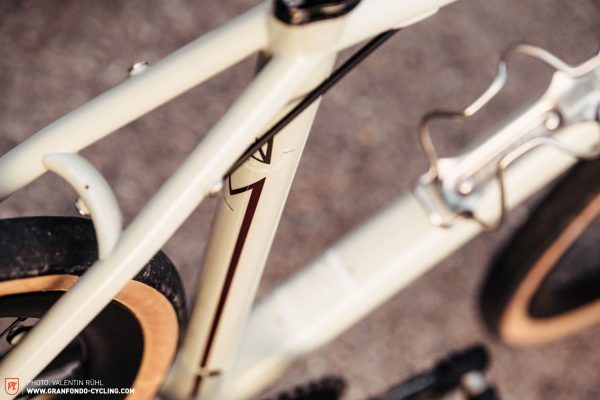
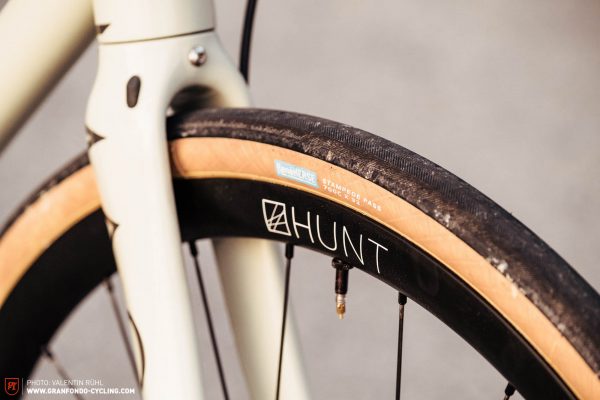
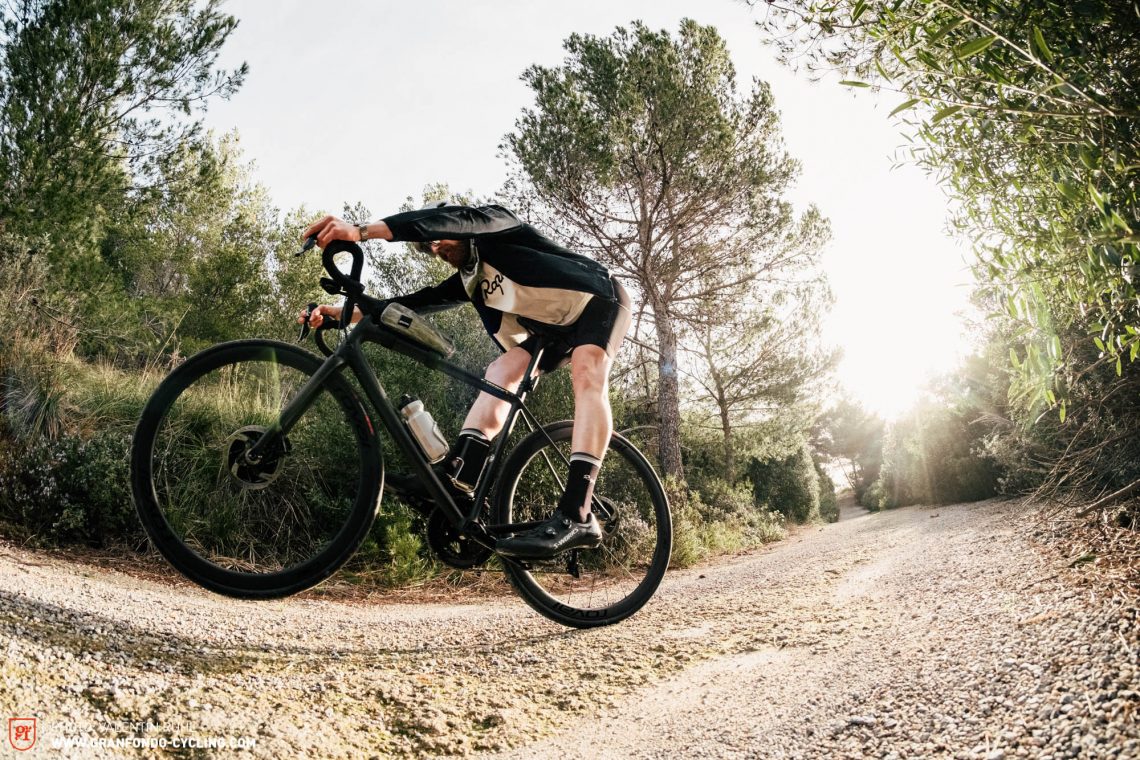

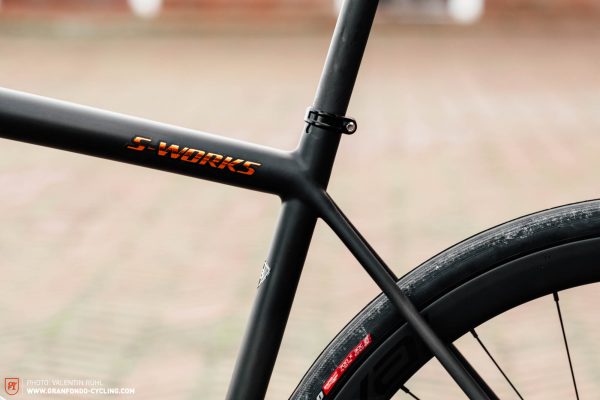
You can see: weight and how it is distributed affect far more than just how quickly the bike gets going. With conscious and clever weight distribution, the comfort, handling and security of a bike can all be influenced. Less is by no means always better!
The stiffness craze is over
For years, the bike industry was steered by two main goals: minimising weight and maximising stiffness. The theory being that the lightest rider on the lightest frame that was developed for maximum stiffness would be able to ride the fastest times. Even if this false assumption remains firmly anchored in many heads, product developers have started to realise that more factors decide over the speed of a bike. For one, comfort needs to be mentioned. The marketing claim “Smoother is faster” should mean something to many of you. If you ride a comparatively comfortable bike that doesn’t transmit every bump and vibration, you’ll stay relaxed for longer, will keep your muscles fresher, or will have more to give towards the end of your ride. On top of that, the bike won’t jump around in response to the tiniest stone or bump but hold its line, letting you move more efficiently. Moreover, compliance plays a big role in more than just comfort. When we talk about compliance, we mean intended or engineered flex in the bike and frameset.
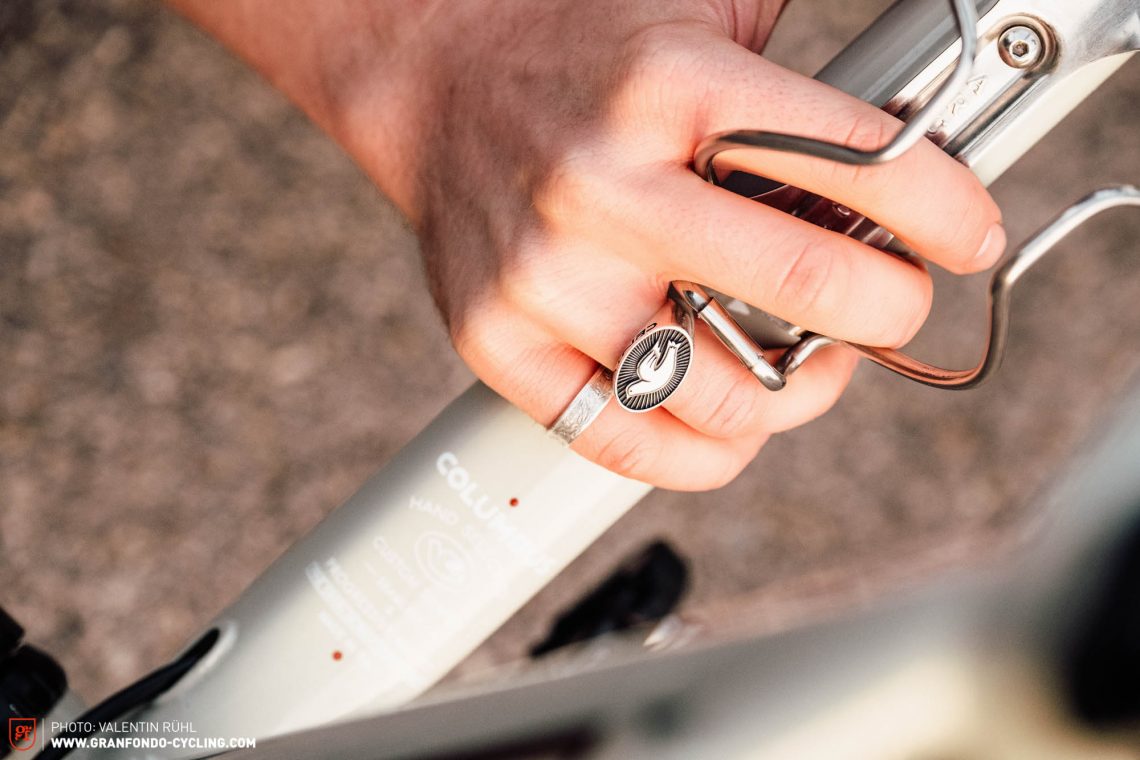
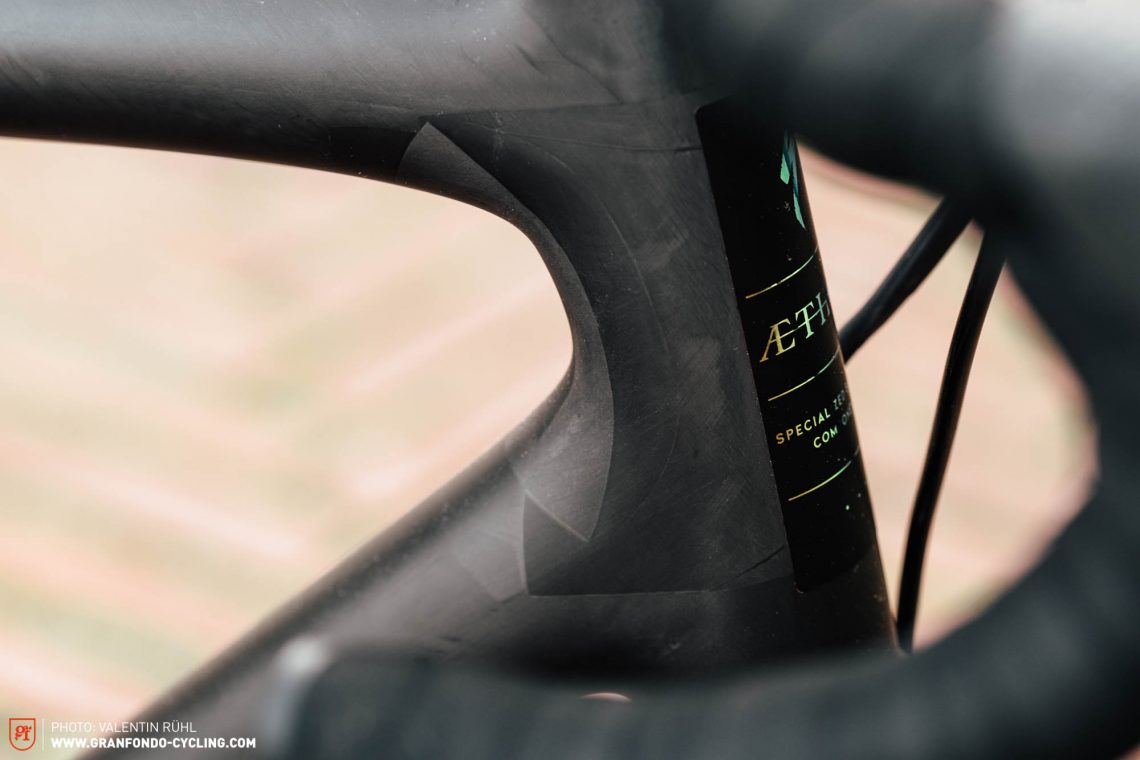
A well-judged level of compliance, like that of the Specialized S-Works Aethos, results in increased cornering grip and an increased feeling of security. As such, moving away from maximum stiffness is everything but a bad idea! The important thing: the extent to which the bike is compliant ultimately decides whether handling will benefit or not. Both the Mason with its steel frame and the high-tech S-Works Aethos carbon frame manage to toe the line brilliantly. On the one hand with welds and clever components choices, on the other with supercomputers, technology and maximum innovation.
The right upgrades make almost anything possible
This group test proved impressively what’s possible with the right upgrades – assuming you have the right frameset. The masters of transformation in this test are the Canyon Grail CF SLX 8 eTap, which is really a gravel bike, the MERIDA SCULTURA ENDURANCE with its extra-wide tires and the Cannondale SuperSix EVO Hi-MOD Disc Ultegra, which cuts a fine figure even away from tarmacked roads thanks to components from the gravel sector.
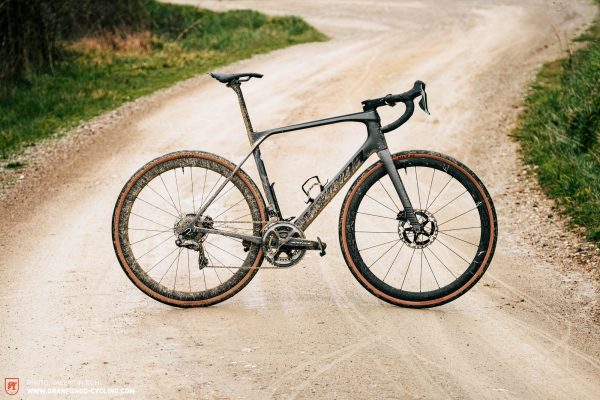
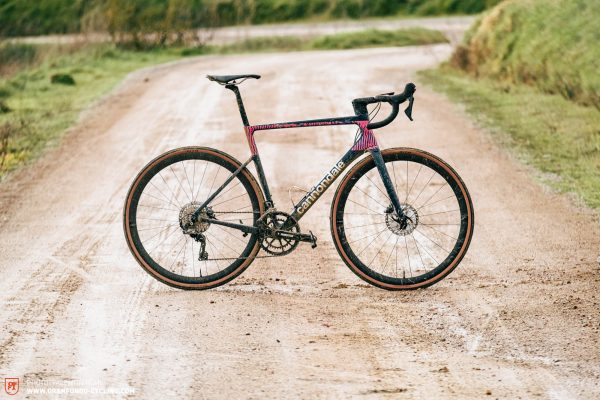
The playground you can go ride in has never been as large as it is now. Modern road bikes are already incredibly versatile, yet with the right components, even more is possible. A bike with two wheelsets can replace two separate bikes for road and gravel without having to accept any compromises.
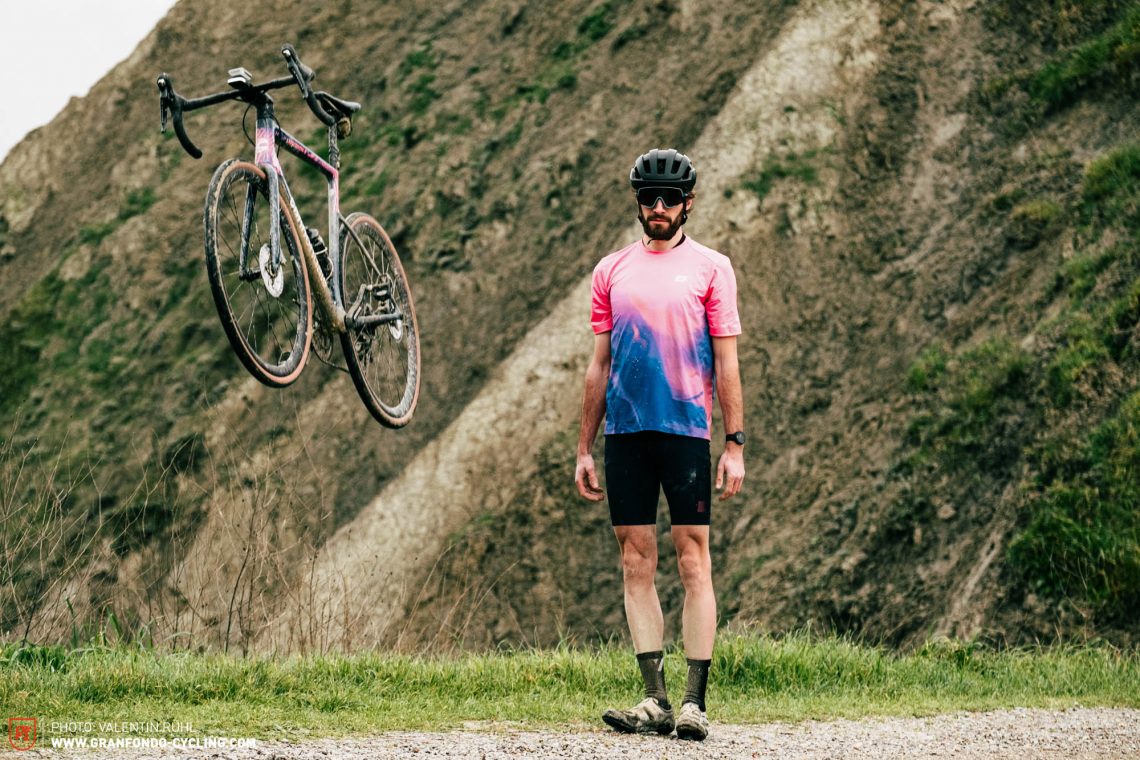

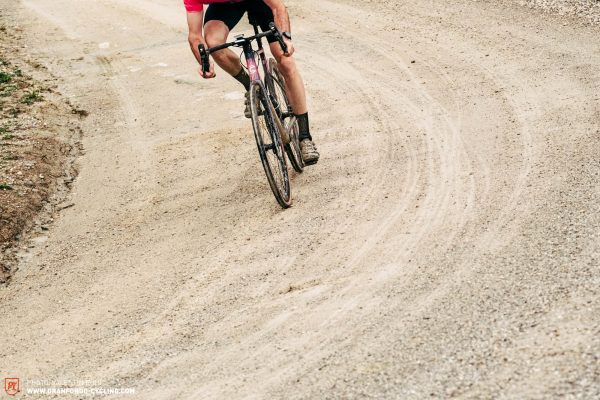
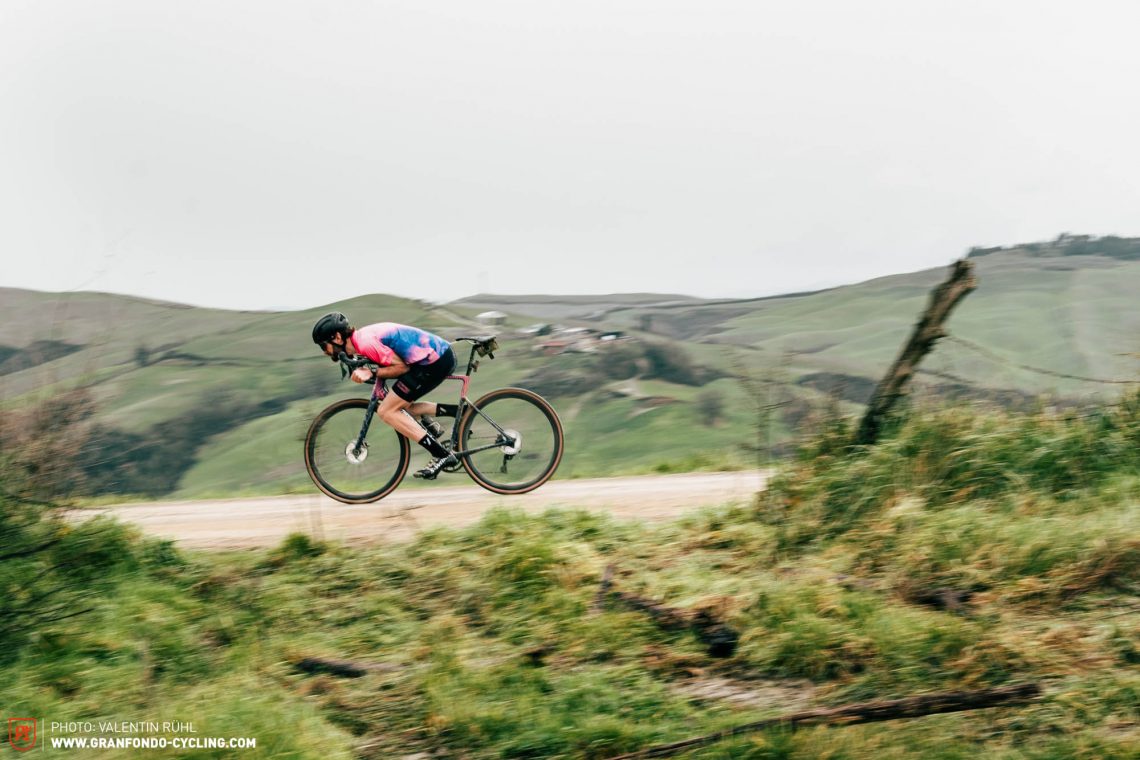
The times of n+1 and piles of bikes in the cellar are over. However, this assumes two conditions: large tire clearances and sufficient robustness. If a bike can offer both these characteristics, lots is possible. Important points that always meet with our criticism are the gear range and choice of chainrings for drivetrains. A versatile bike that is supposed to deal with a wide range of scenarios is unnecessarily limited by two massive chainrings and a tiny cassette. Likewise, no hobby rider will be happy with a 46 t chainring on a 1x setup which will only lead to frustration in hilly terrain.
Power meters are a useful tool for more than just pros
Power meters are an indispensable tool for pros and anyone who earns their money with cycling. Cycling at the highest level is too professional and competitive to stand a chance of making it without constantly monitoring your power. But it doesn’t just have to be about top-end performance. Tourers and hobby riders can also benefit from having information and control over their own power output.
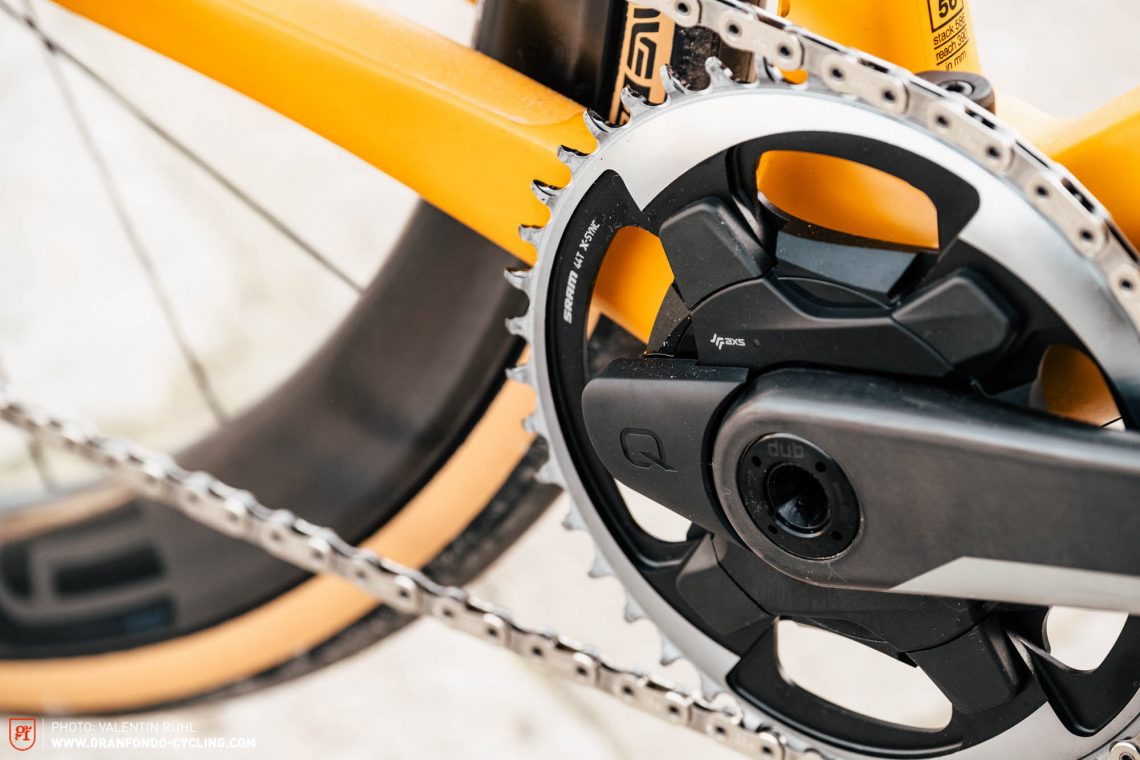
Who hasn’t set off with too much gusto, only to have blown up by lunch and suffered in the saddle for the rest of the day? One thing is clear: you can enjoy a ride significantly longer if you know your limits and can evaluate when you’re riding at a comfortable intensity, and even be able to keep on going for days.
E-road bikes are heading in the right direction even if they have a way to go
The market and demand are growing constantly and E-road bikes have shed their status as a niche product. Many bikers have recognised the advantages of electrically powered road bikes and discovered them as a sensible alternative to non-E-road bikes. That’s why it’s not particularly surprising that not one, but three brands, sent ebikes into the race. That includes the SCOTT Addict eRIDE Premium which is hard to distinguish from a traditional road bike when looked at from the side and weighs only 10.9 kg.
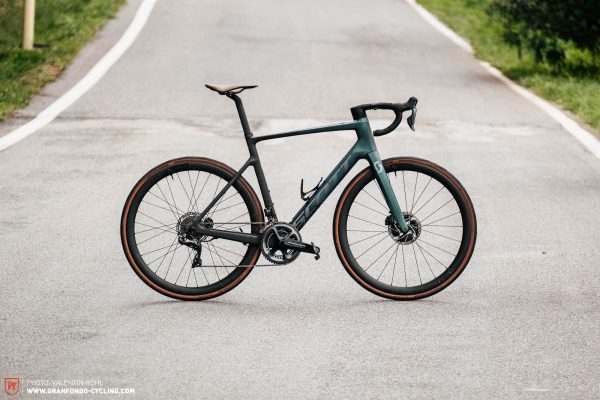
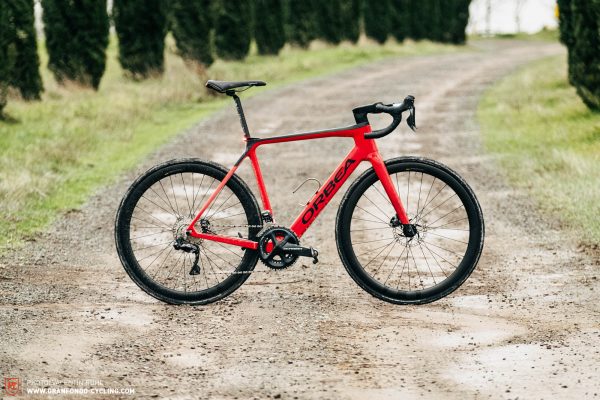
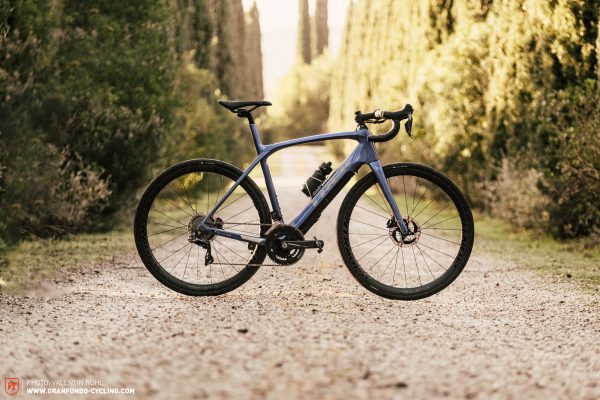
As a result, it’s all the more surprising that in some areas, E-road bikes are still in their infancy. Why are there so many separate circuits? The ebike already has a big battery on board so why attach a separate system for GPS computers, groupsets, lights and more, instead of connecting them together? After all, modern eMTBs demonstrate that this is possible! If the development of E-road bikes can overcome one or the other hurdle, all doors will be open to them. Orbea have made a start with the Gain M20i and connects the lights to the main battery.
The return of the saddlebag
The new generation of road bike goes a new way, defining itself more by the word “bike” than “road”. Versatility is key and you can ride more easily and more relaxed without constantly having to keep training plans, watts and heart rate in view. Squeezing out the last gram of weight savings is no longer as important and the trend is moving in the direction of practical bike bags and transport solutions. More luggage is being attached directly to the bike, for example in the form of saddlebags that can hold tools, a tube, CO2, a cereal bar and emergency money in easy reach. Make sure to read our Hype This special on the topic of “How to carry your stuff”, as well as our big bike bag encyclopedia.
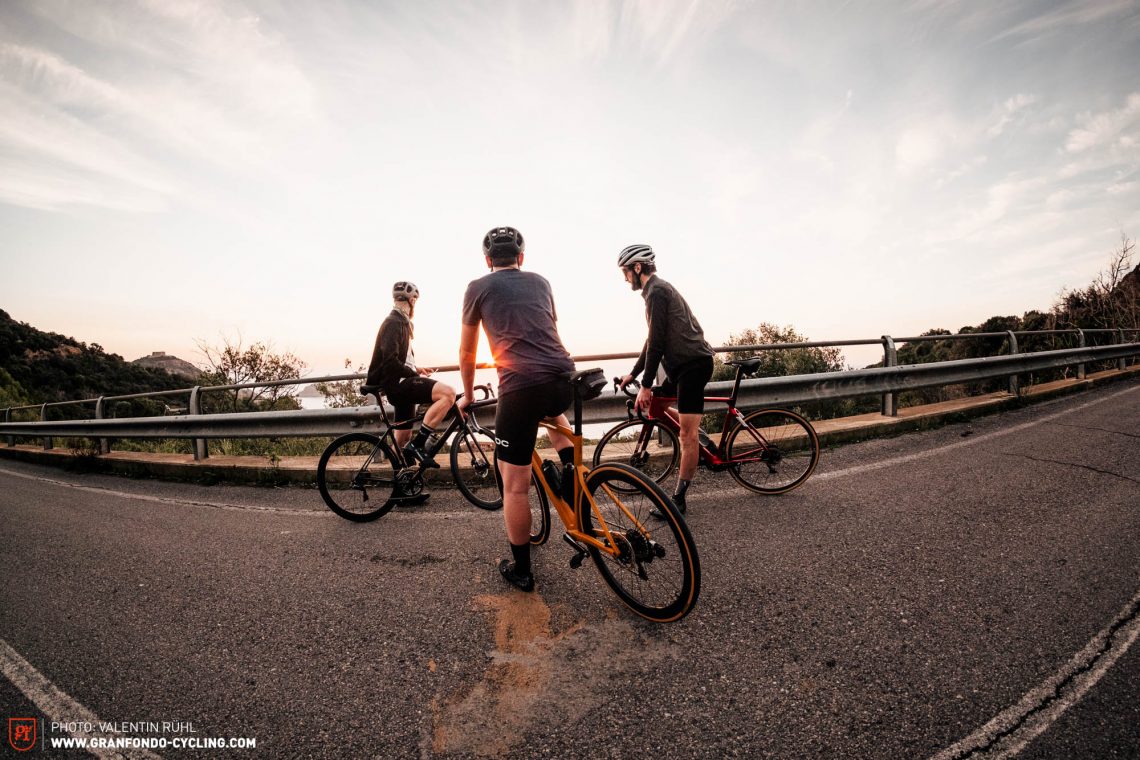
Did you enjoy this article? If so, we would be stoked if you decide to support us with a monthly contribution. By becoming a supporter of GRAN FONDO, you will help secure a sustainable future for high-quality cycling journalism. Click here to learn more.
Words: Philipp Schwab & Benjamin Topf Photos: Valentin Rühl

